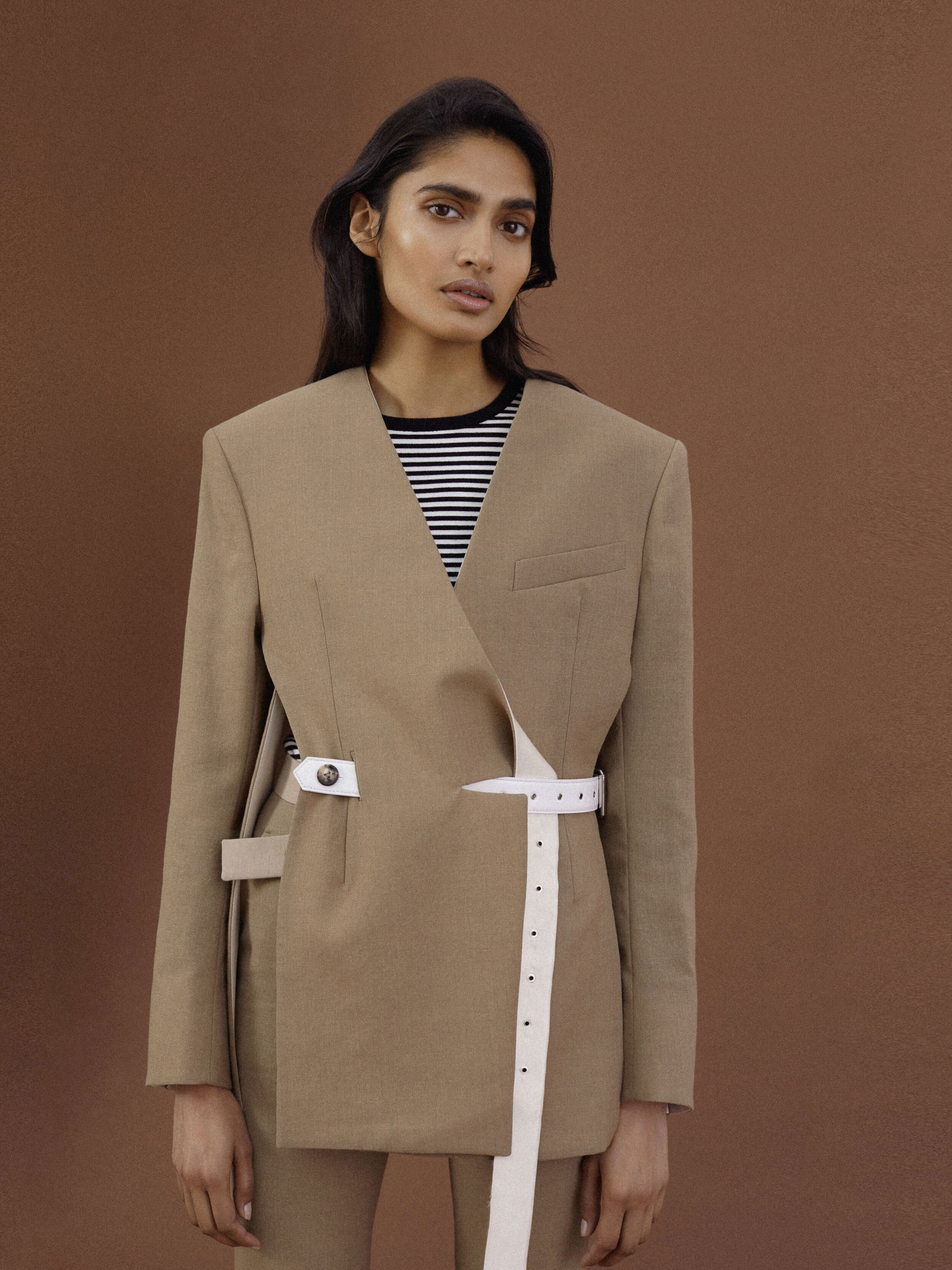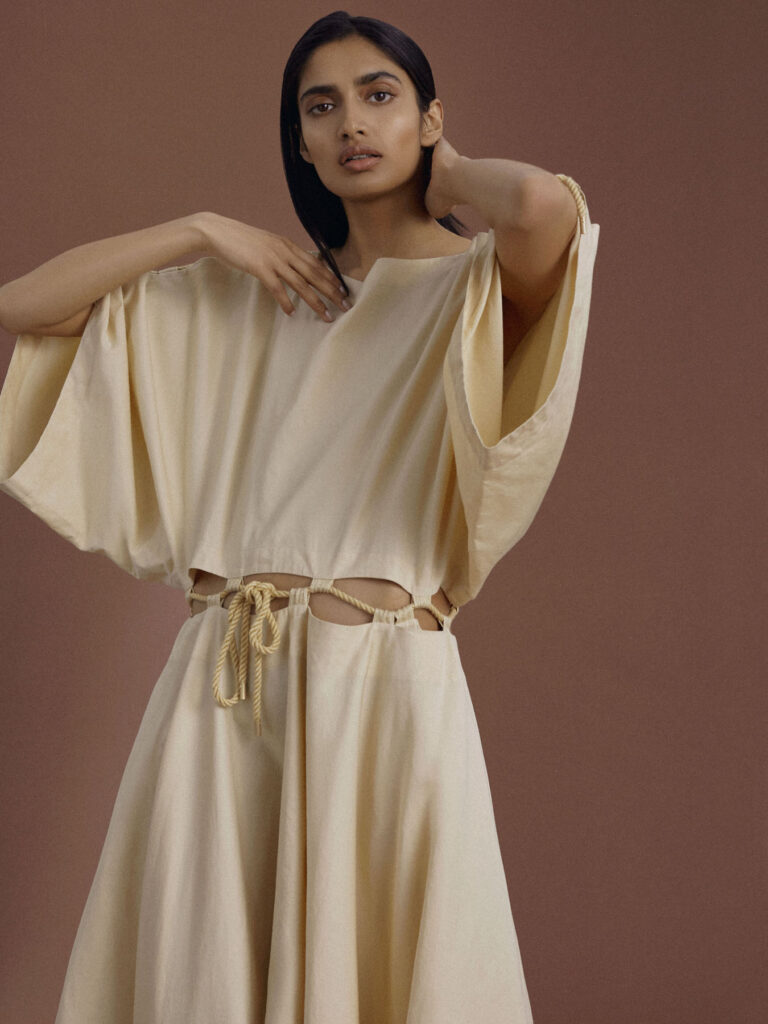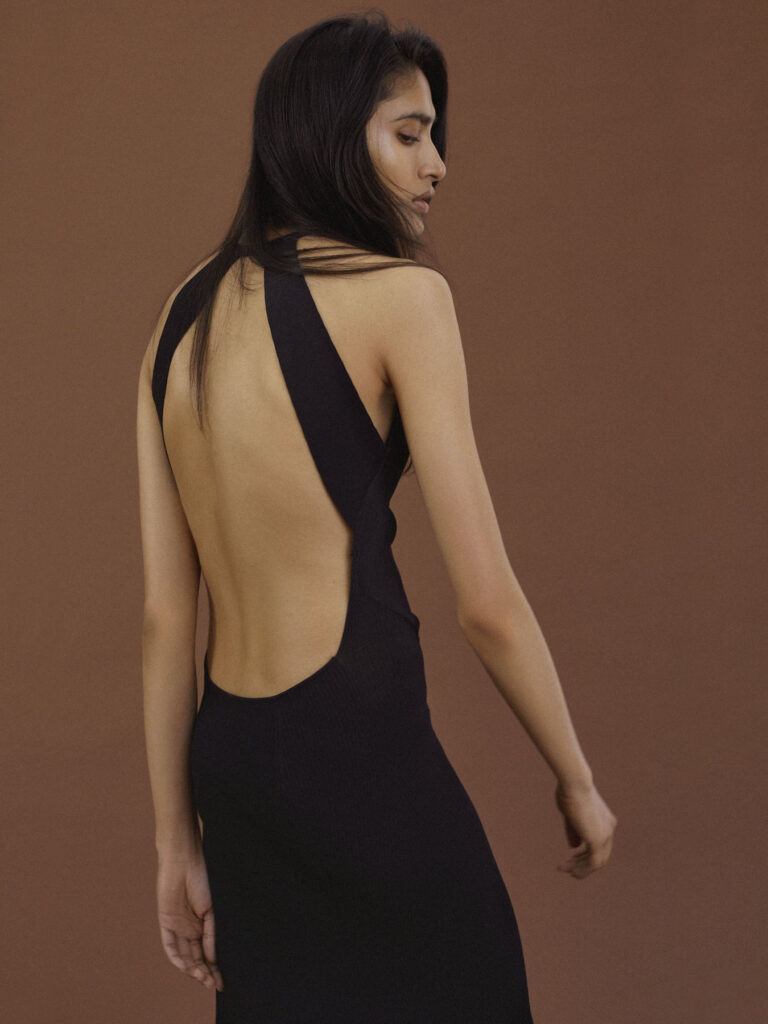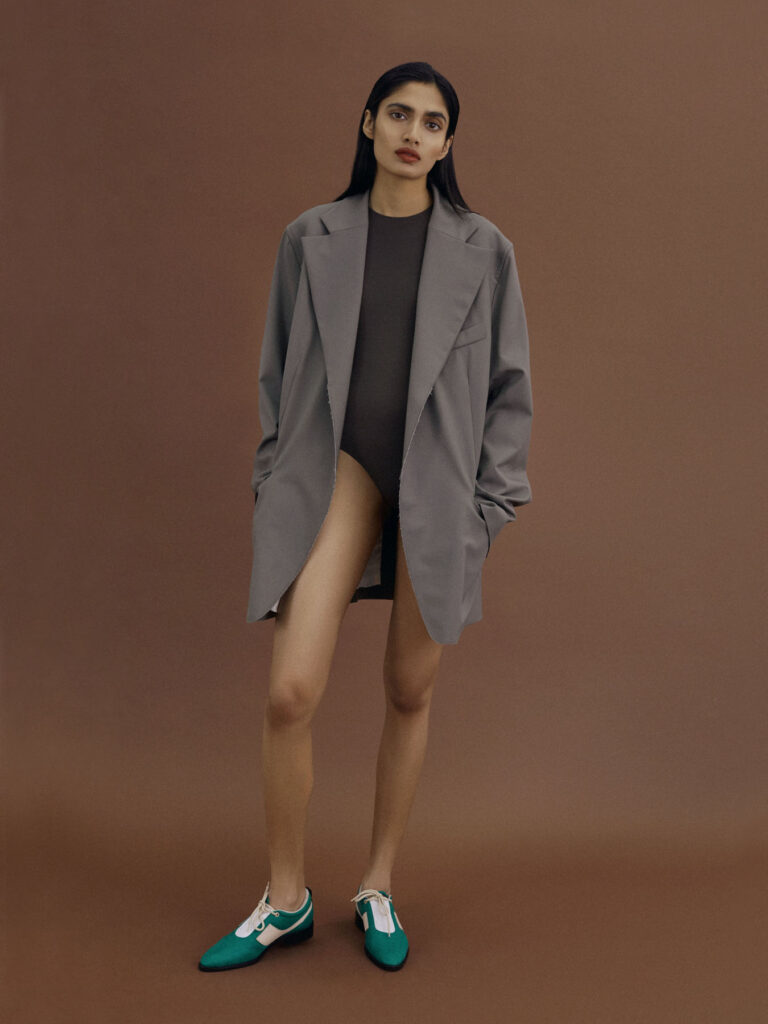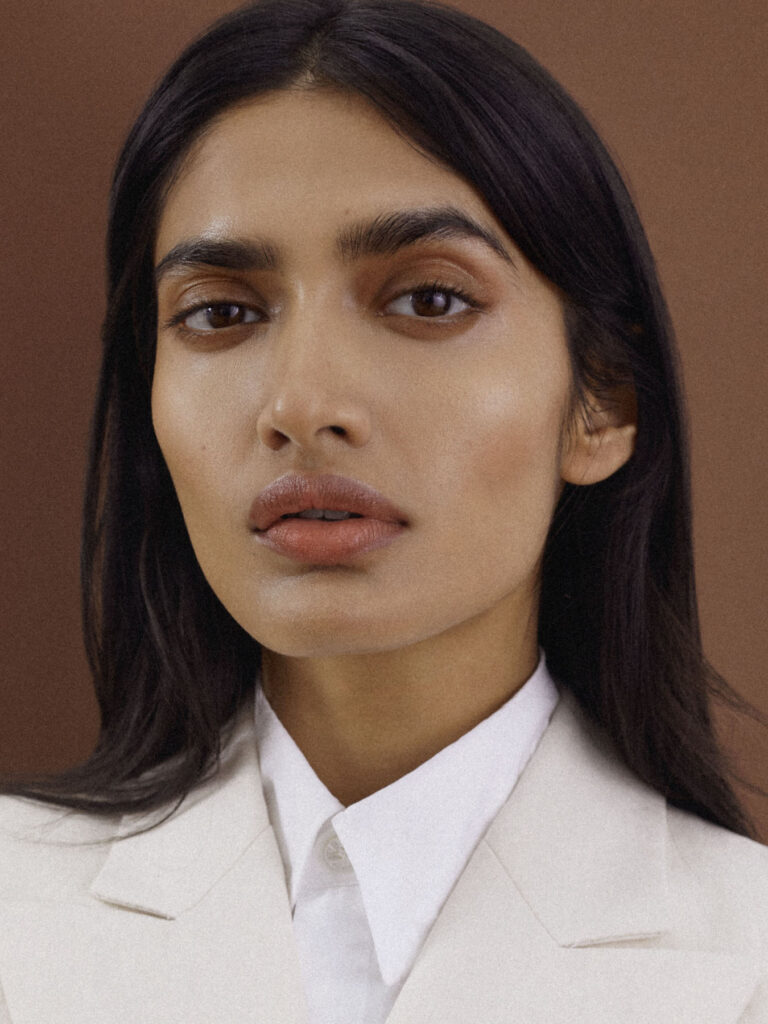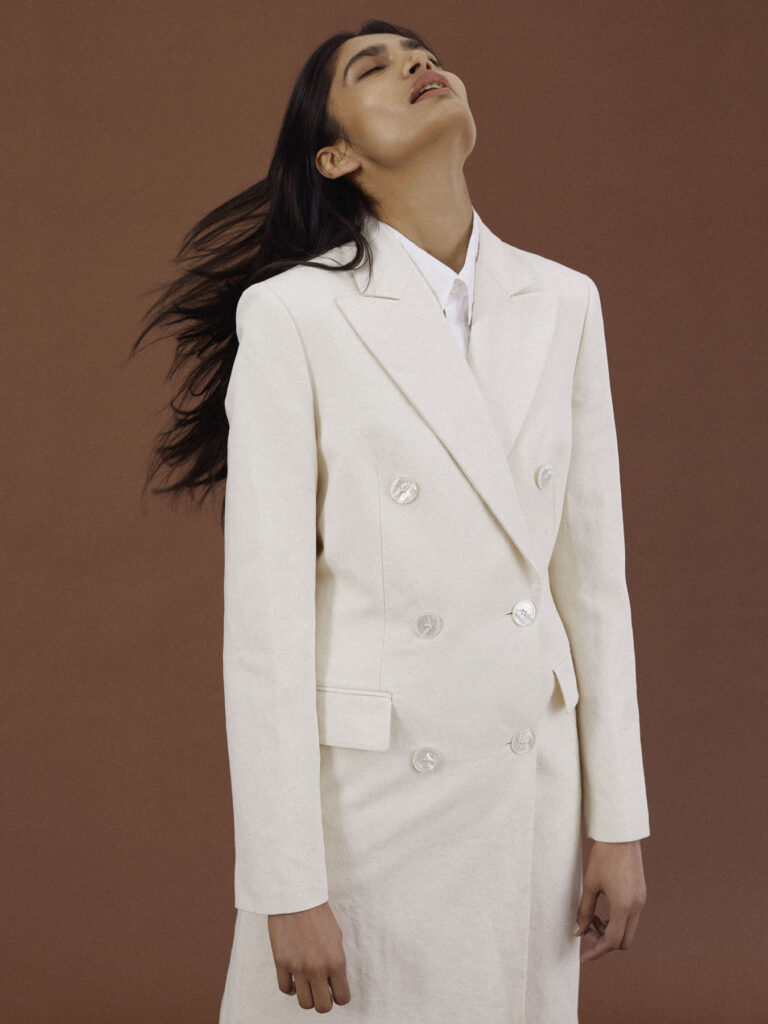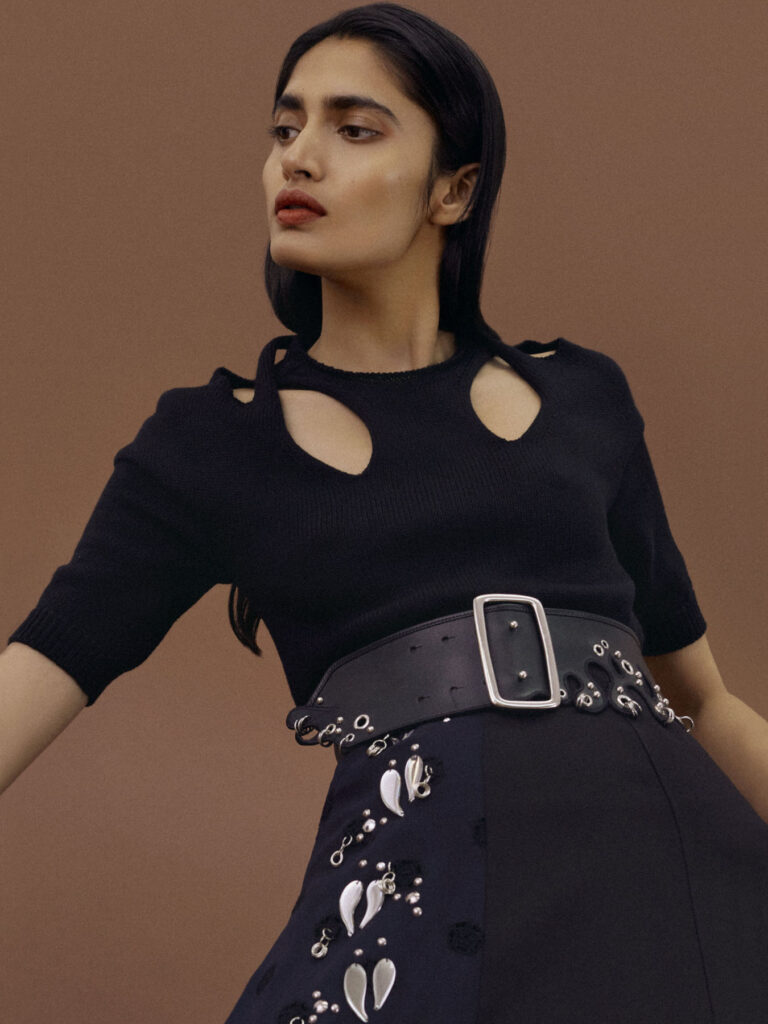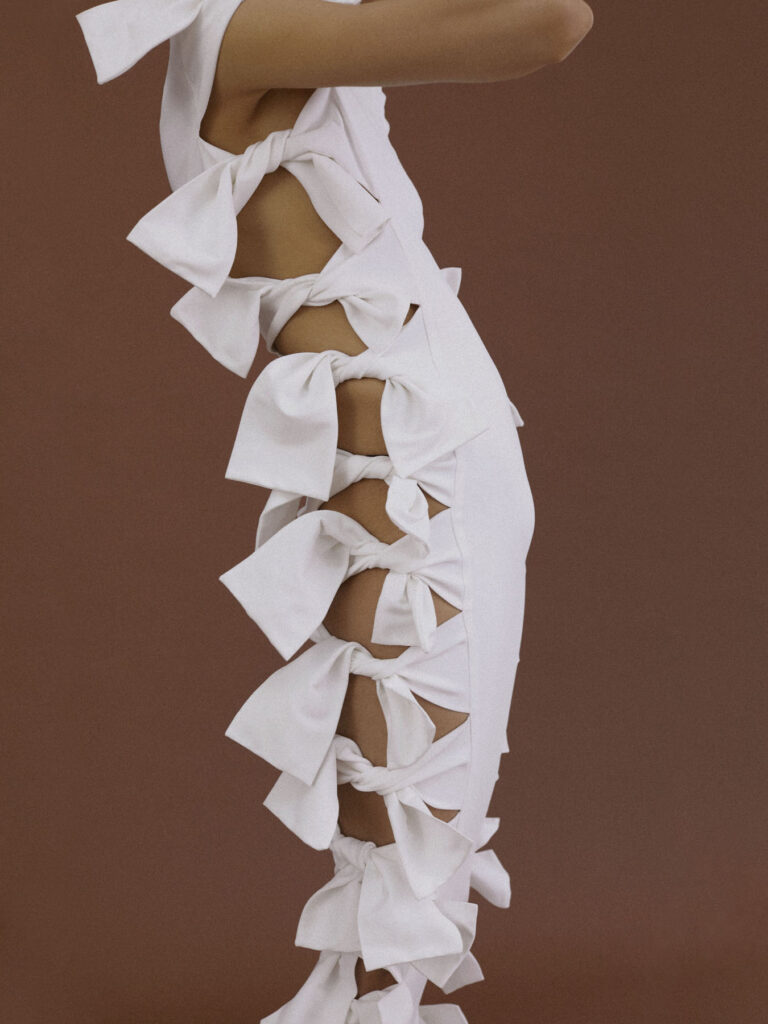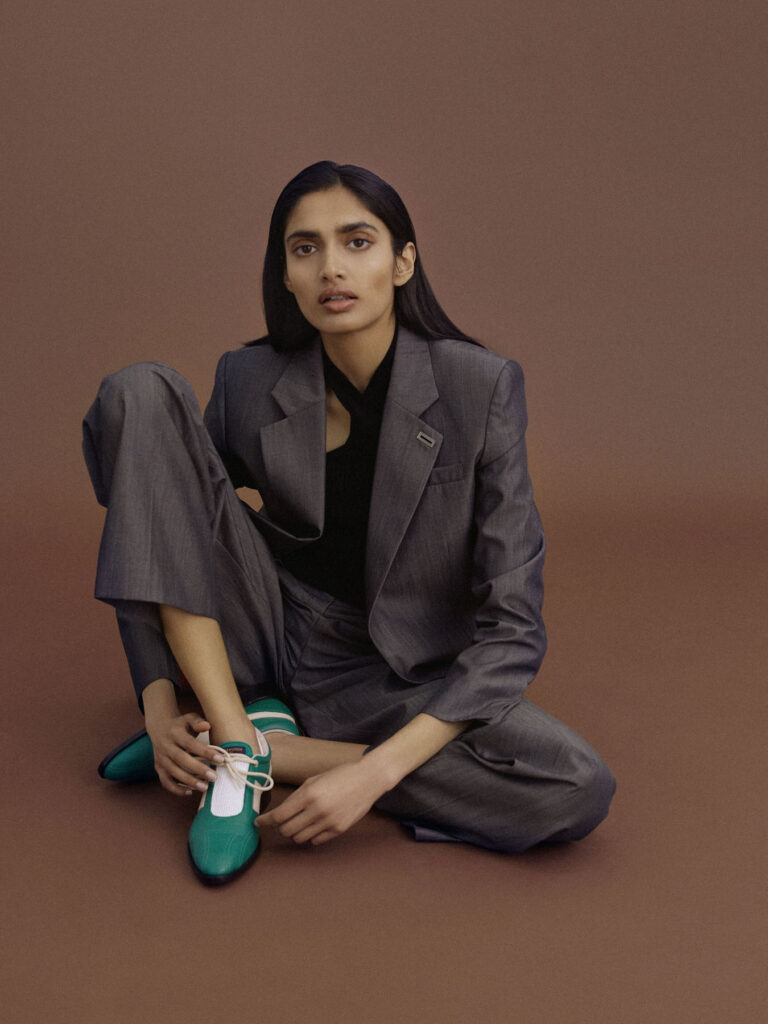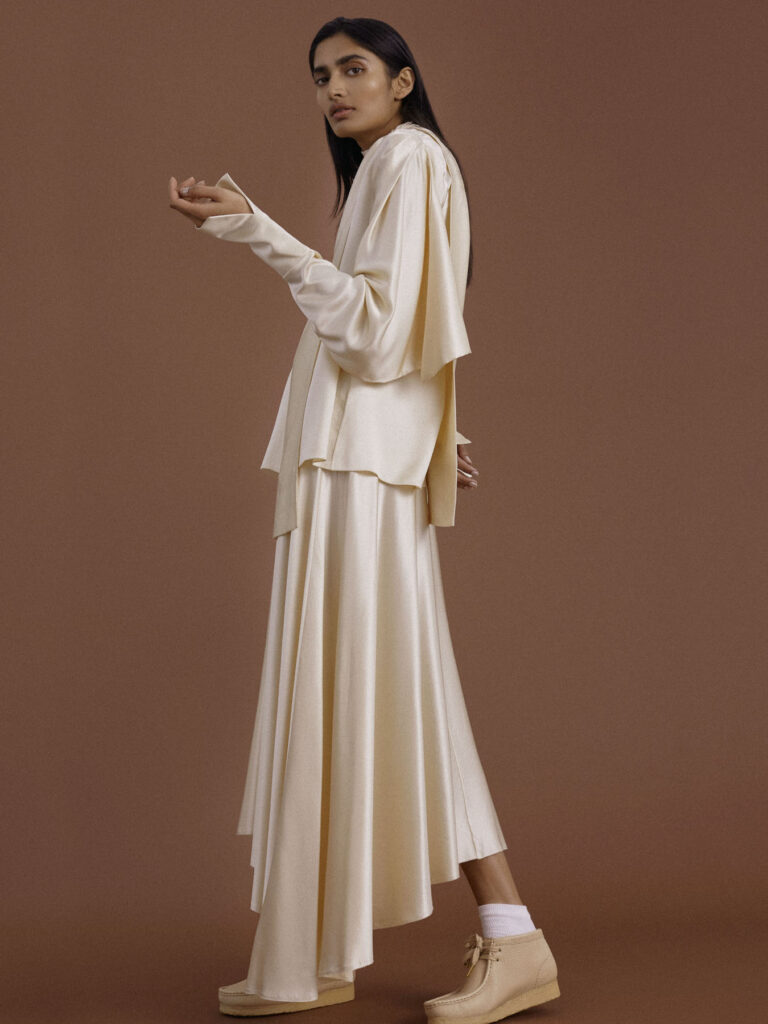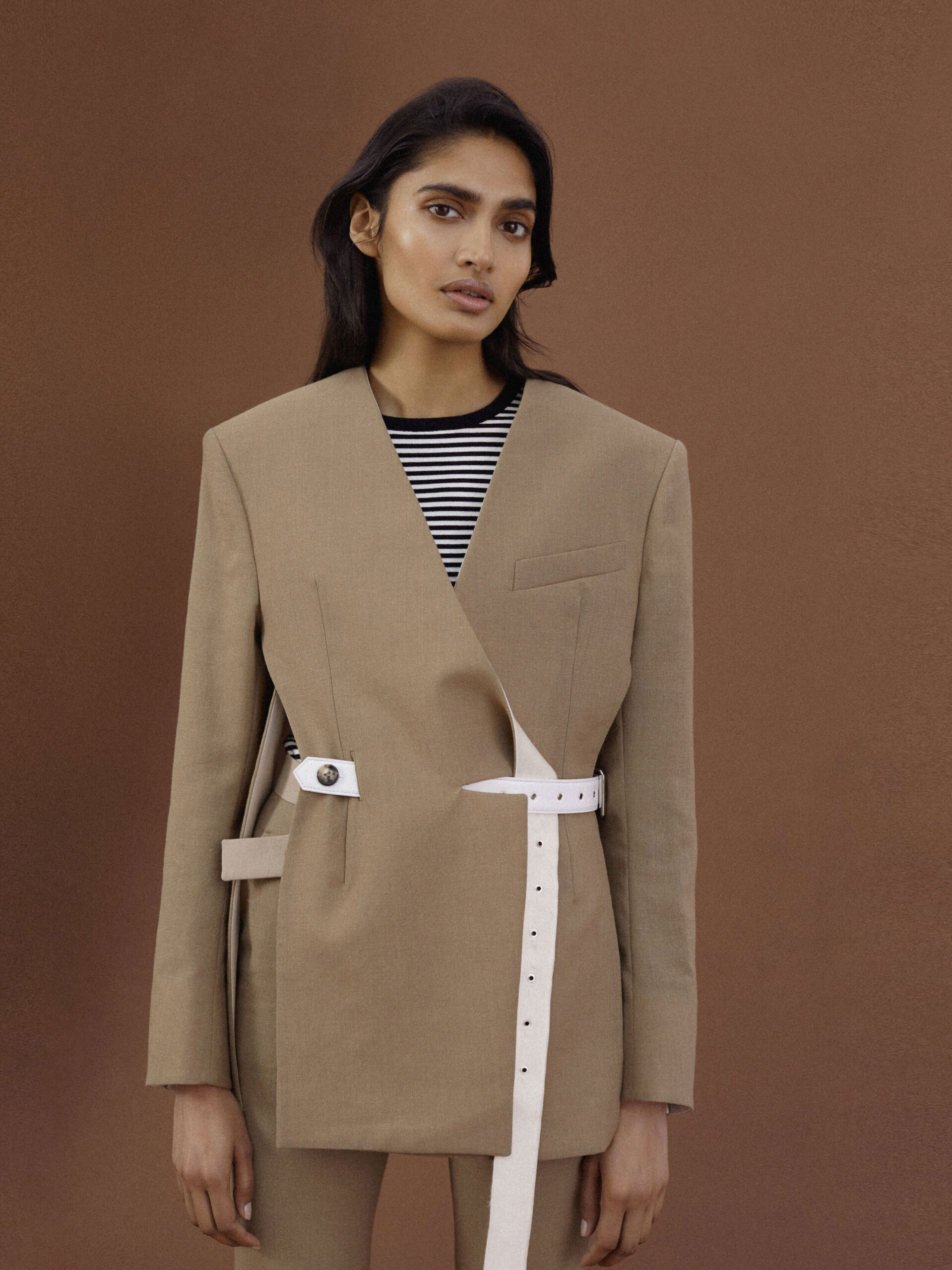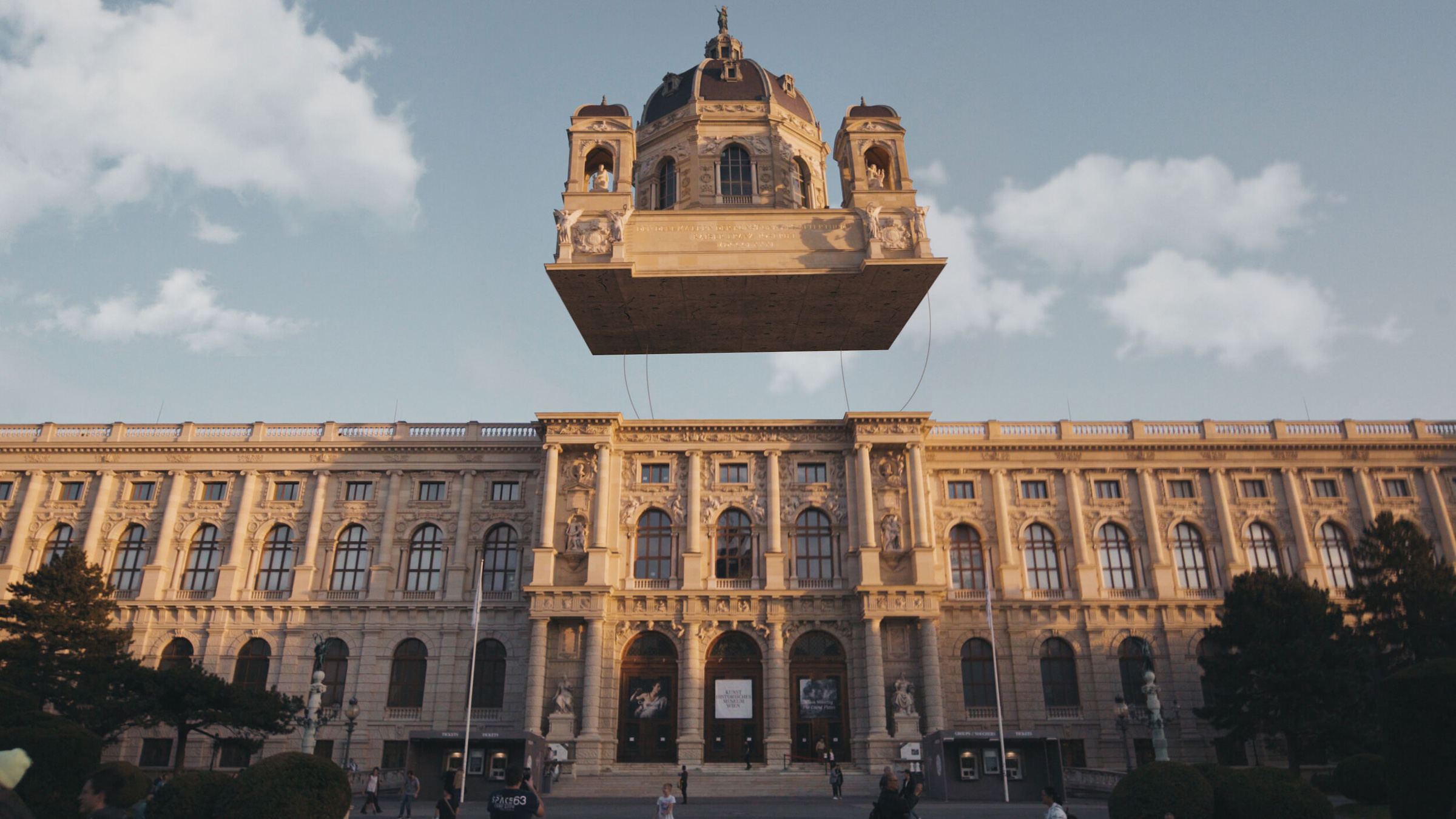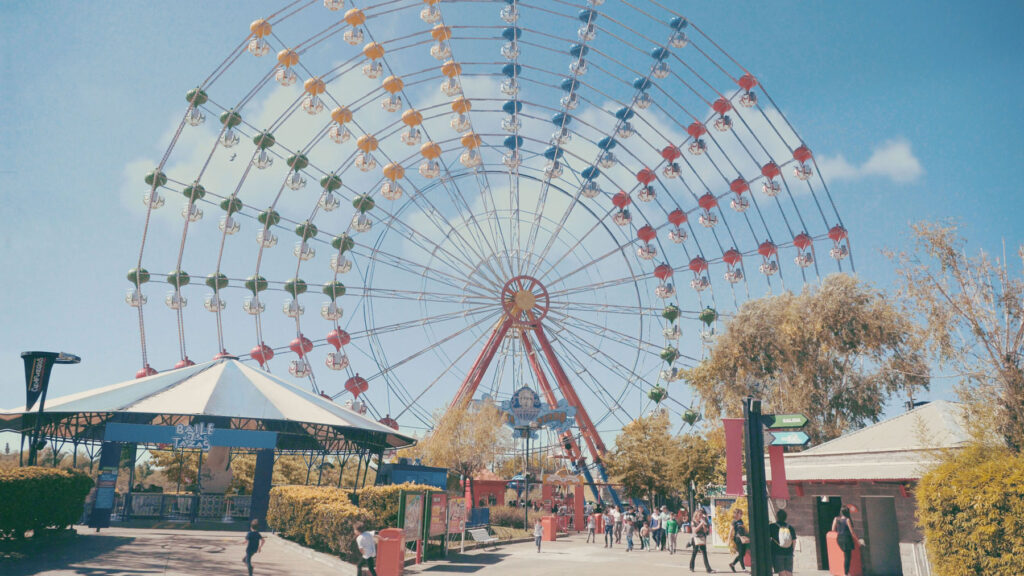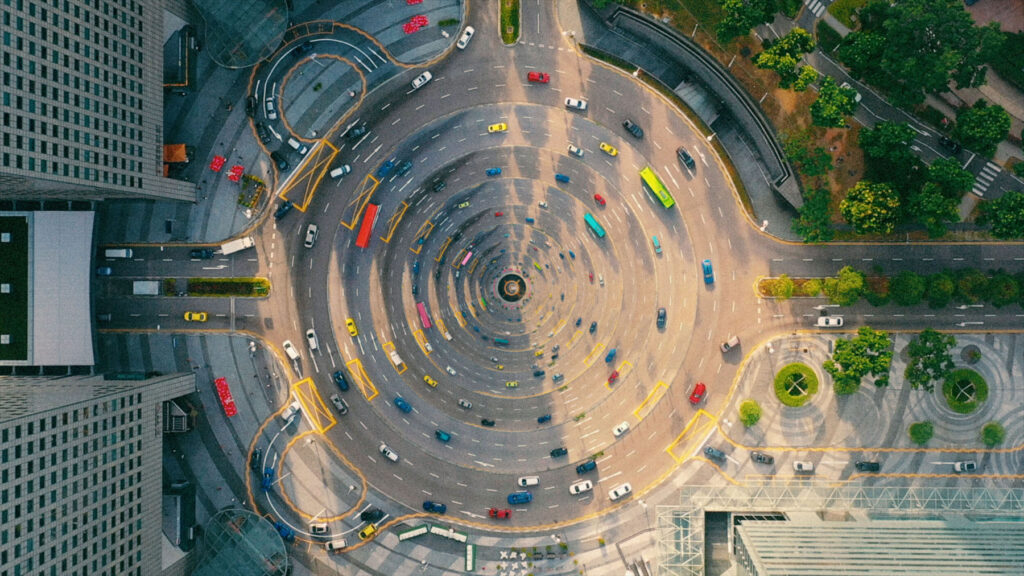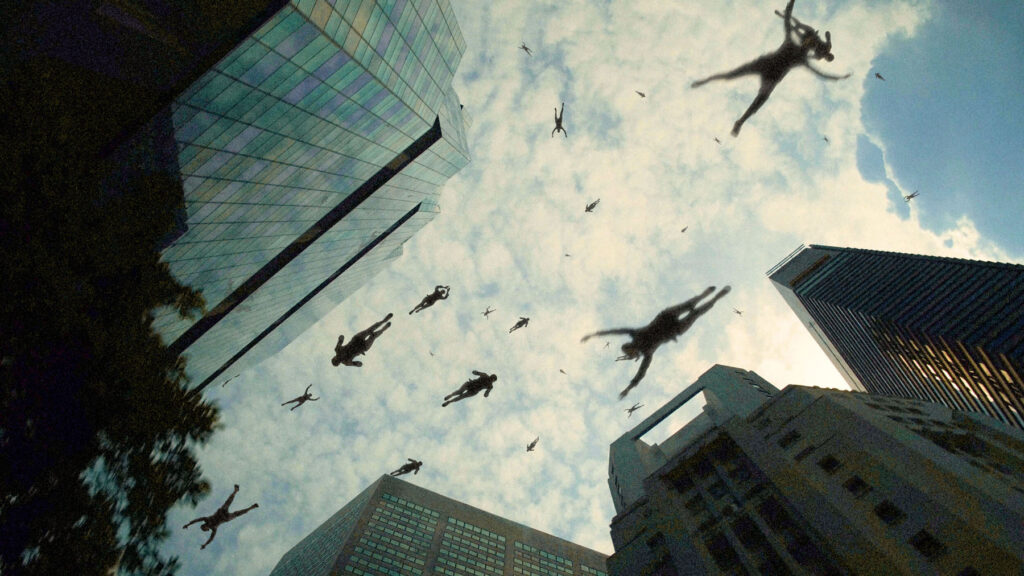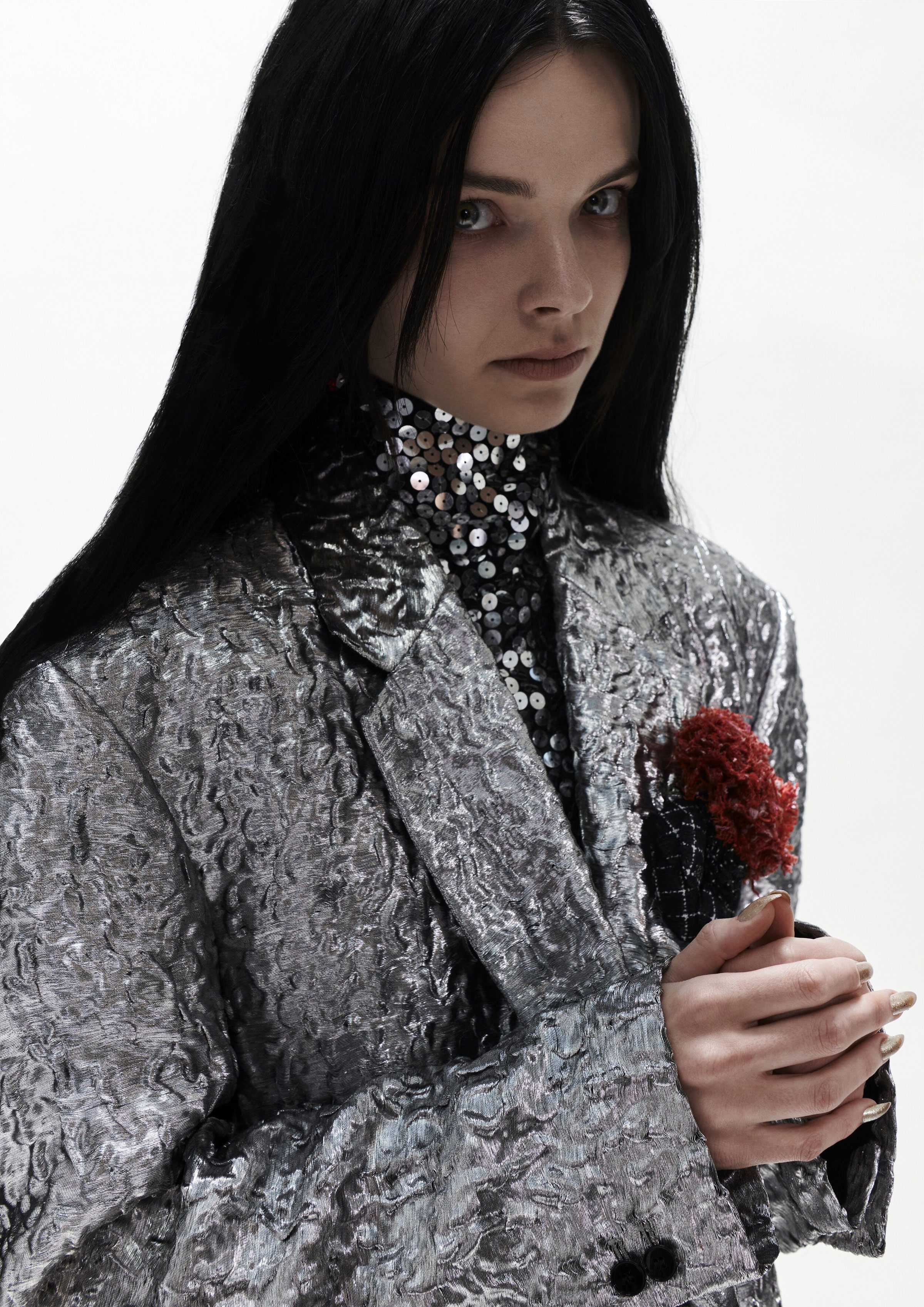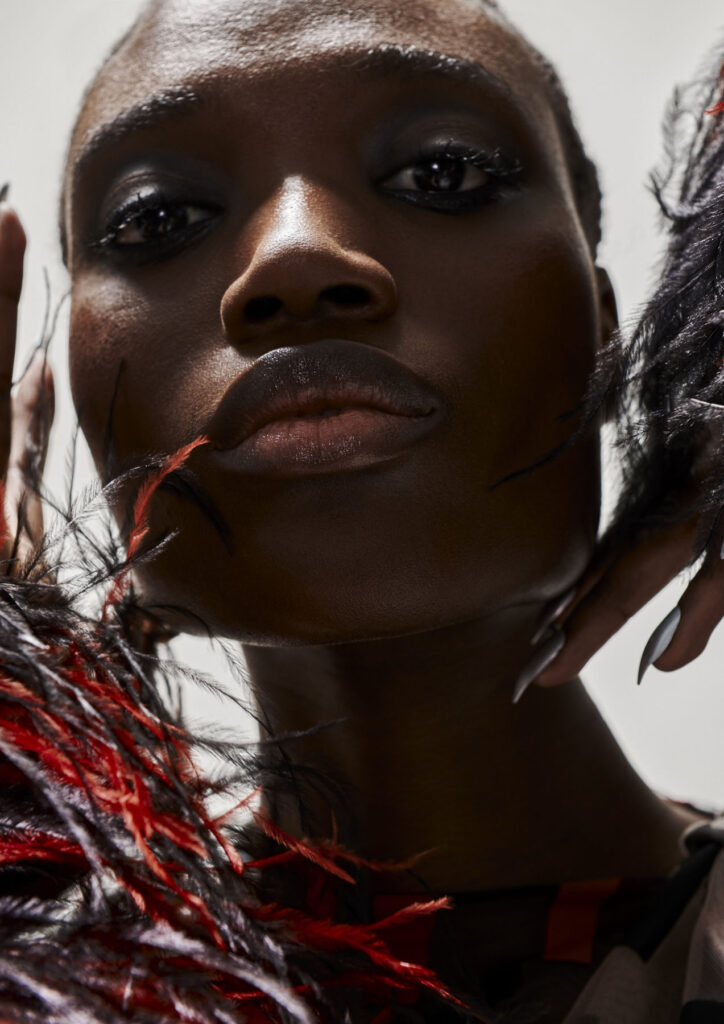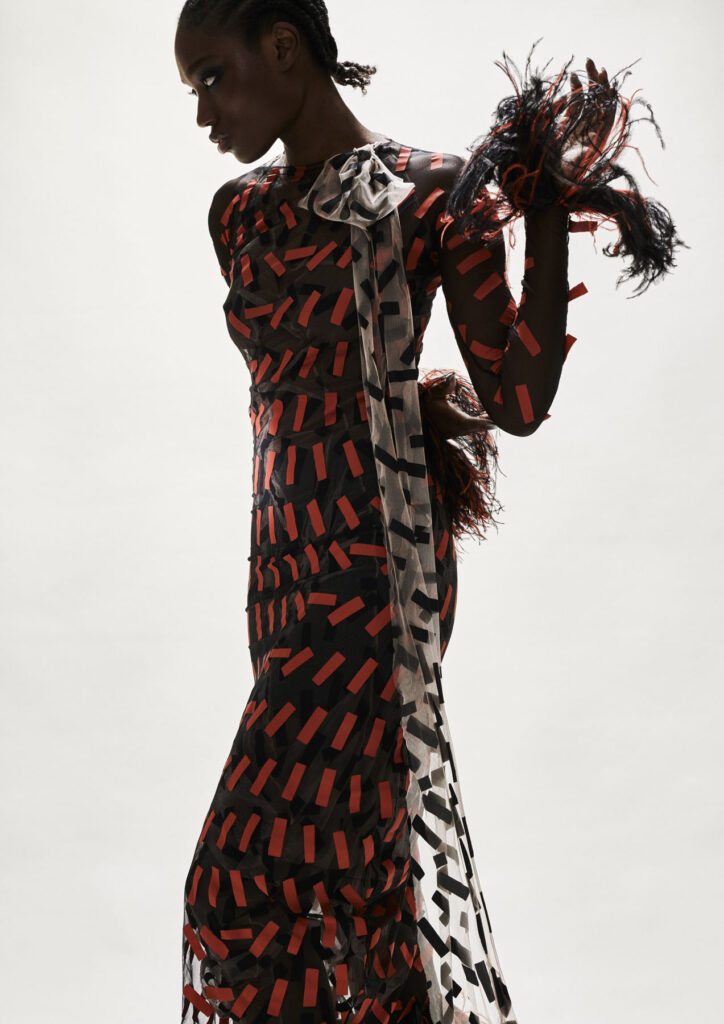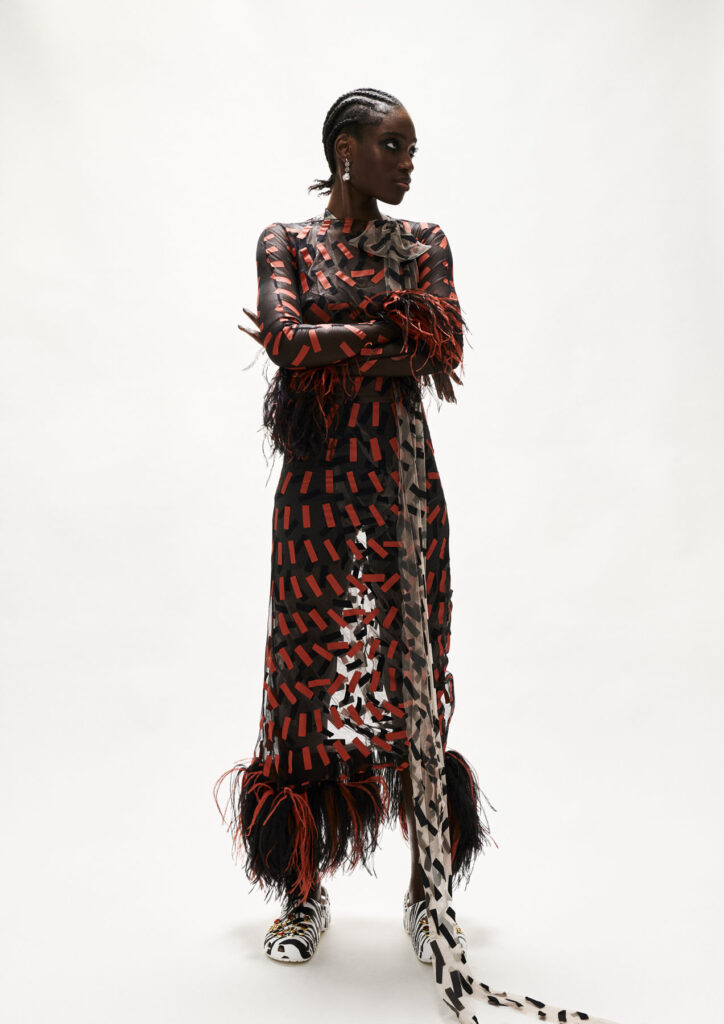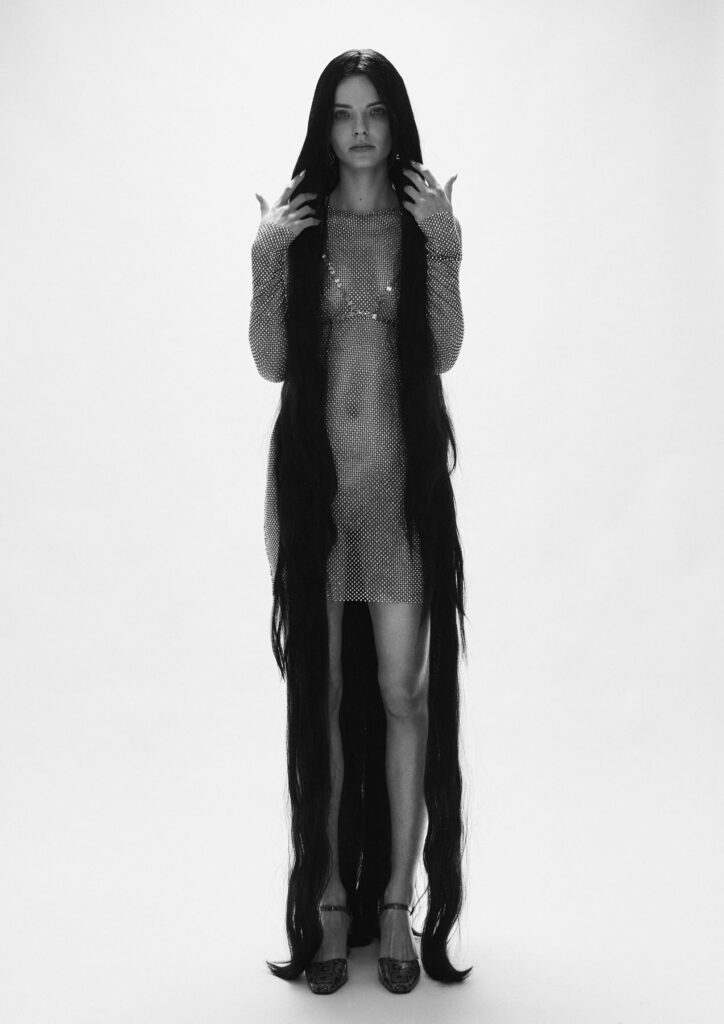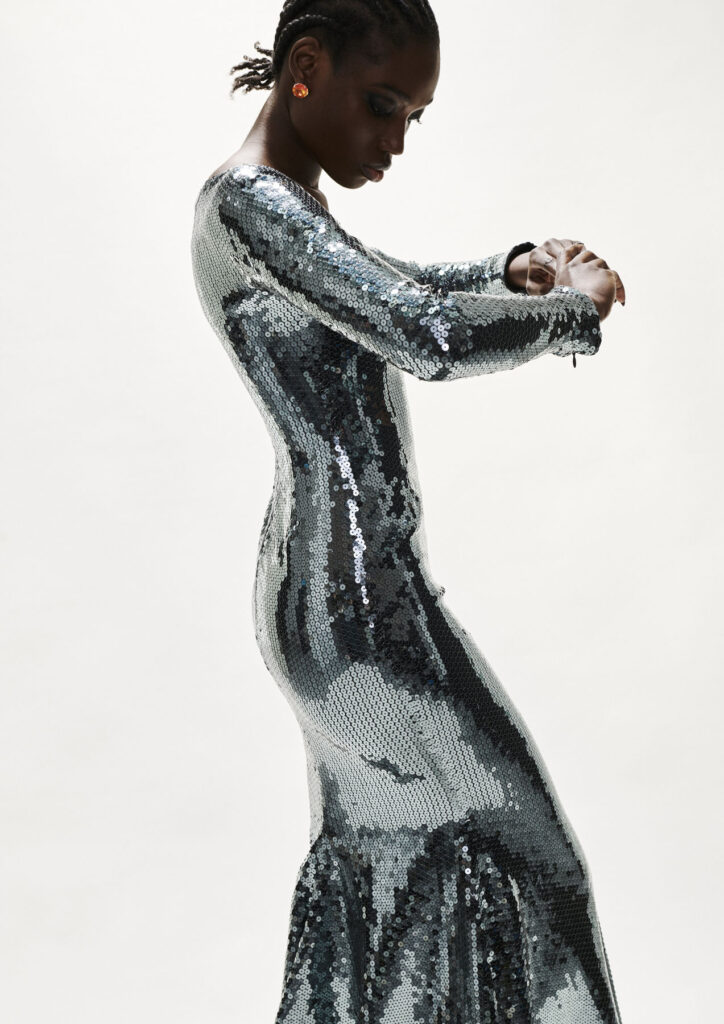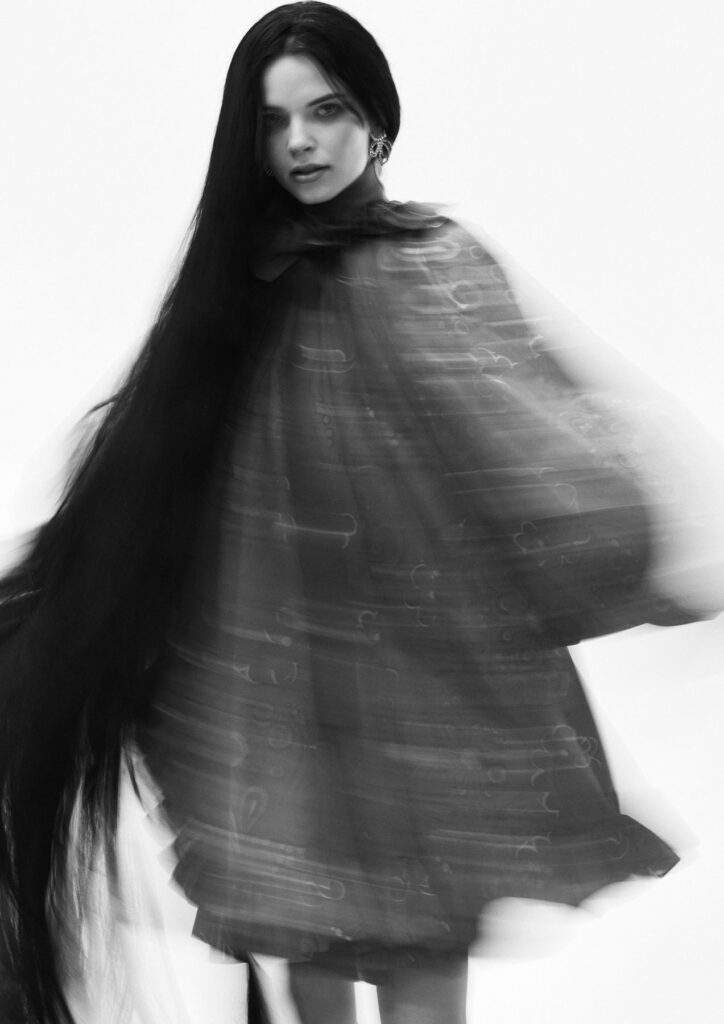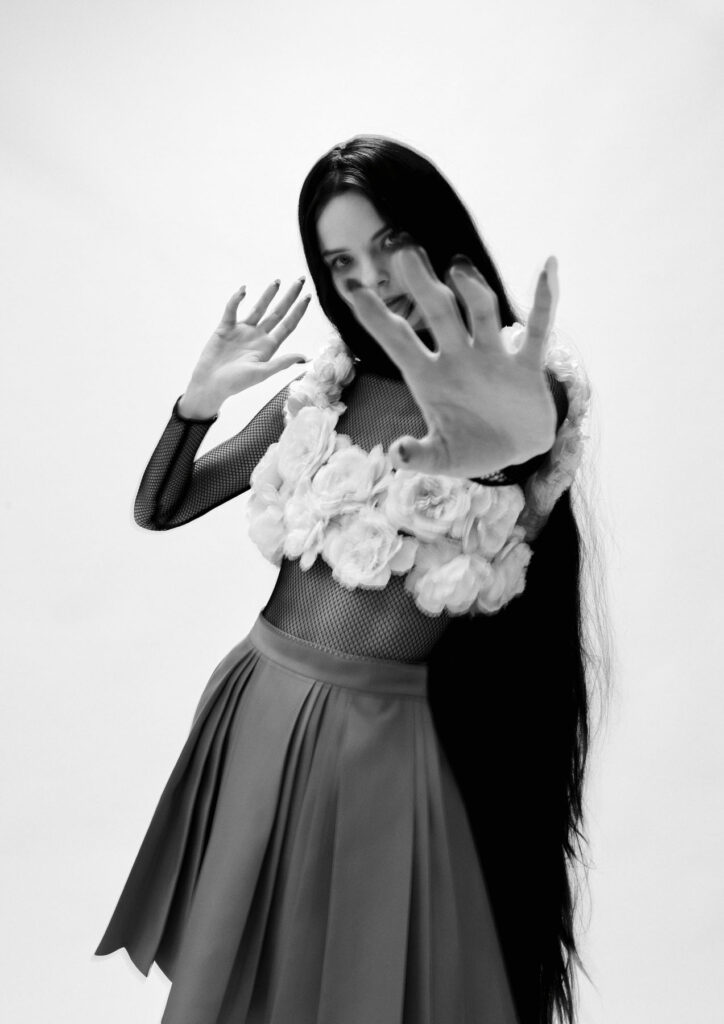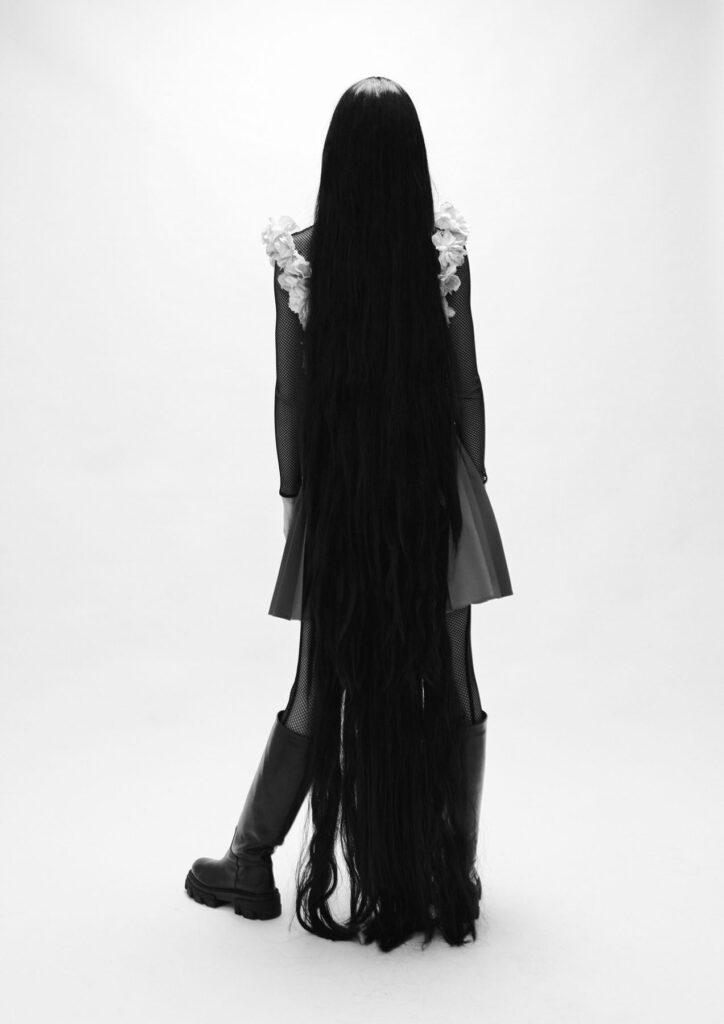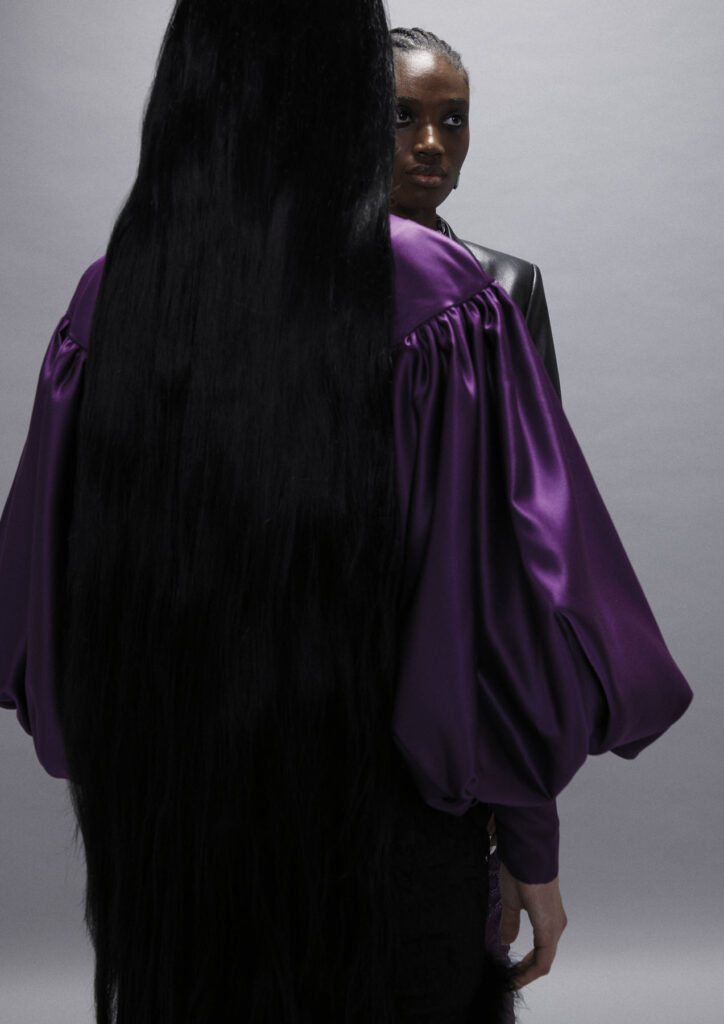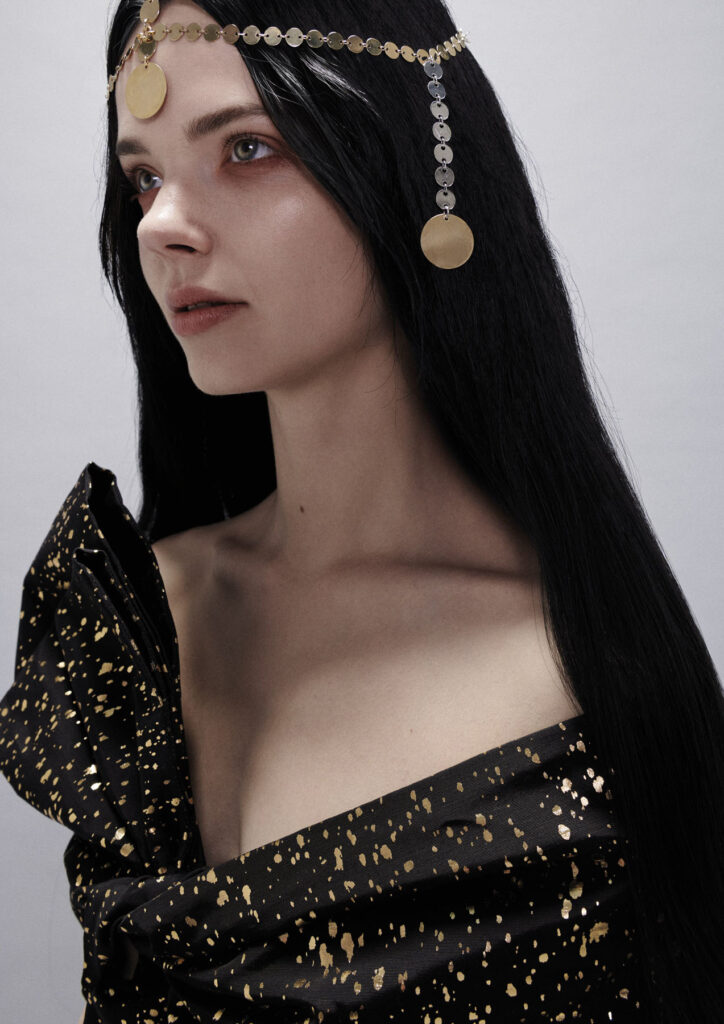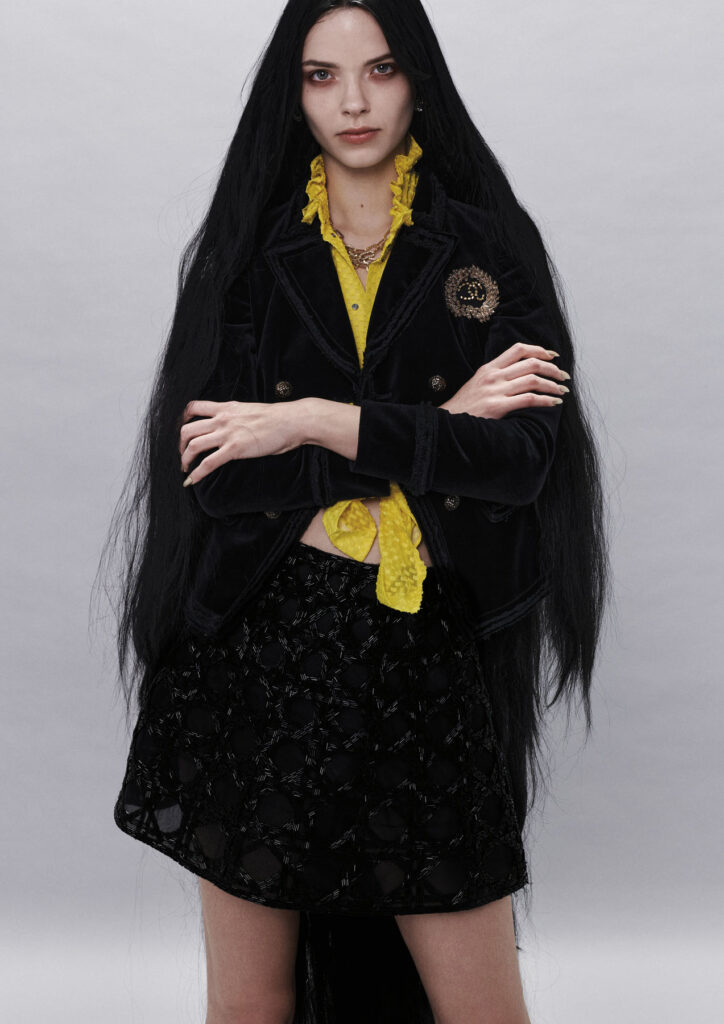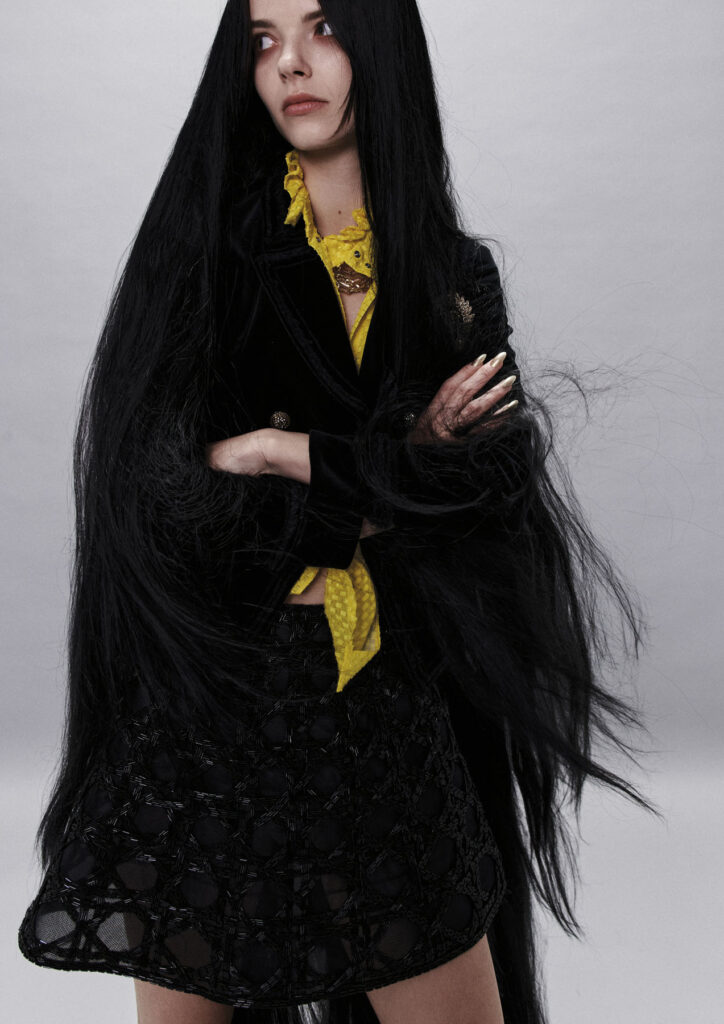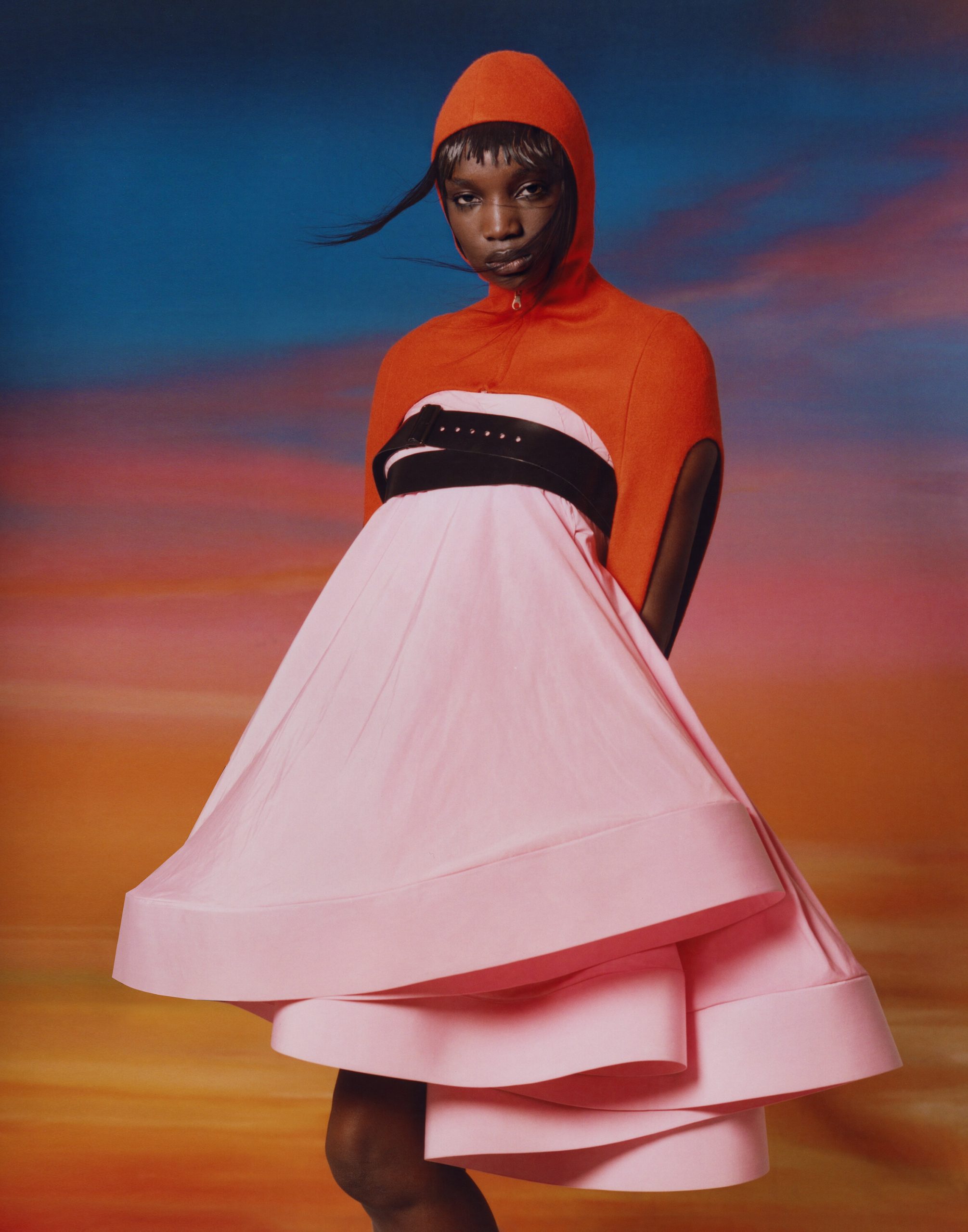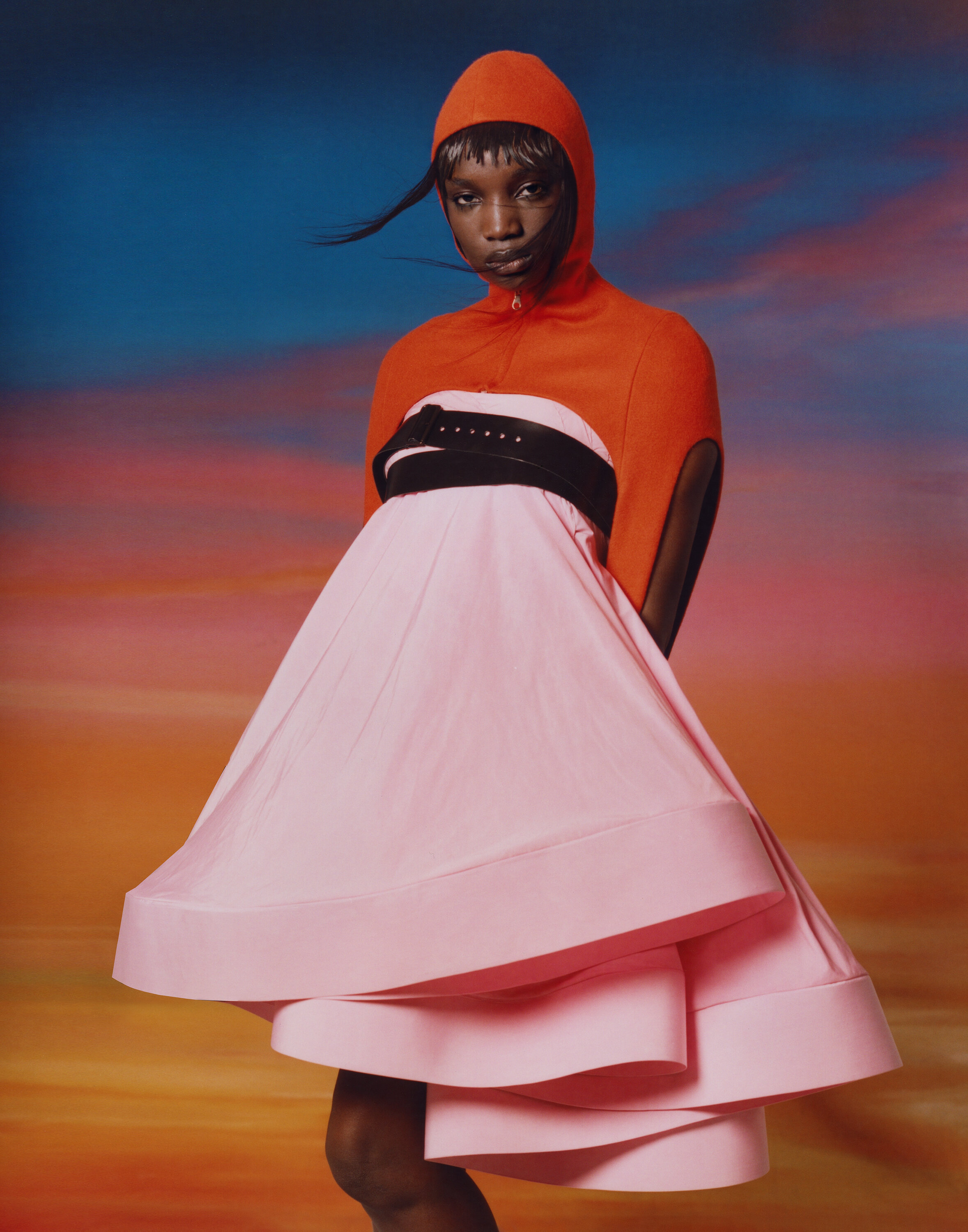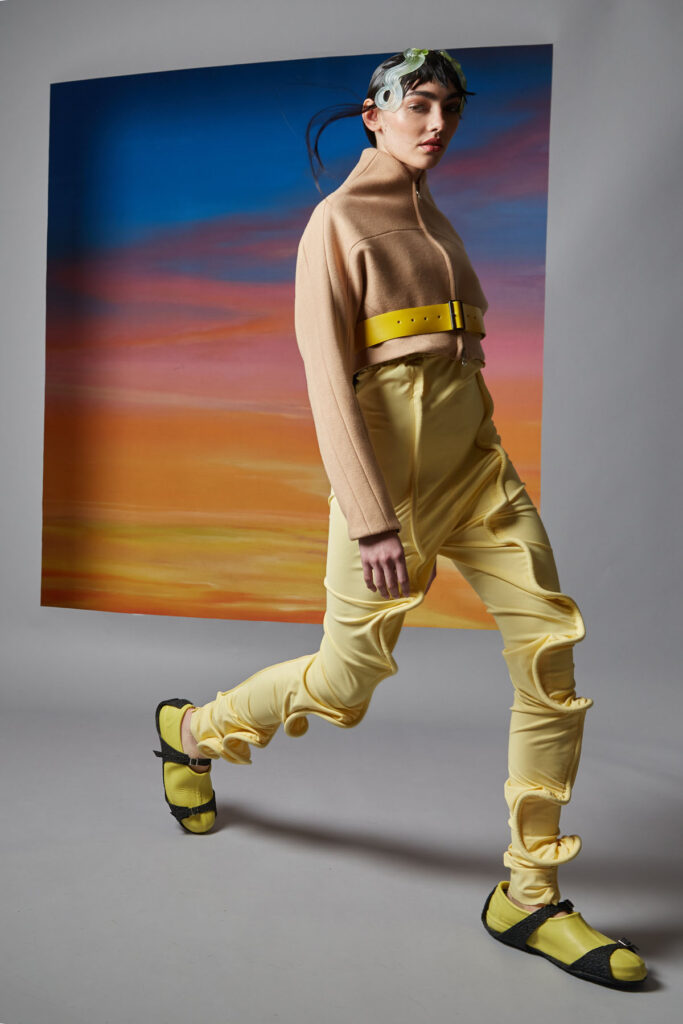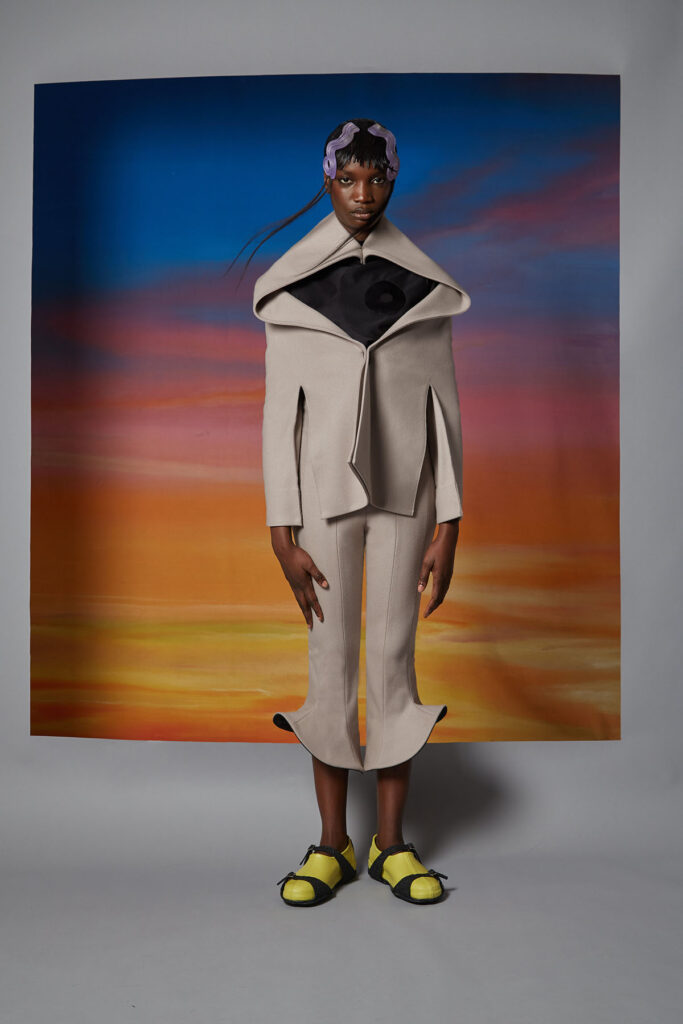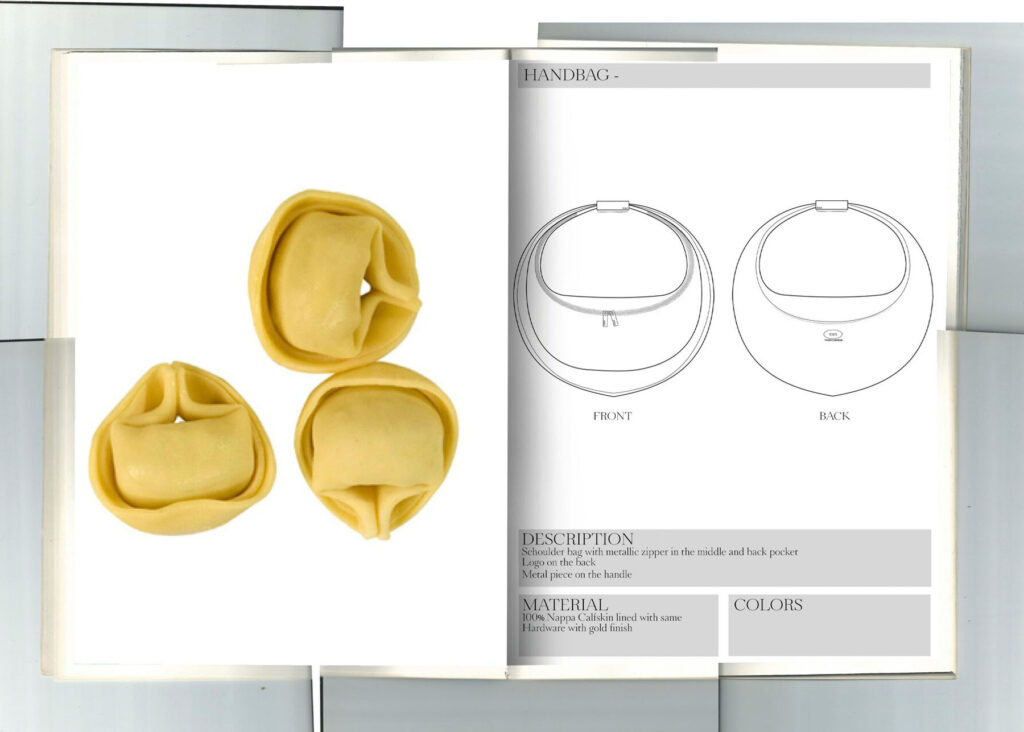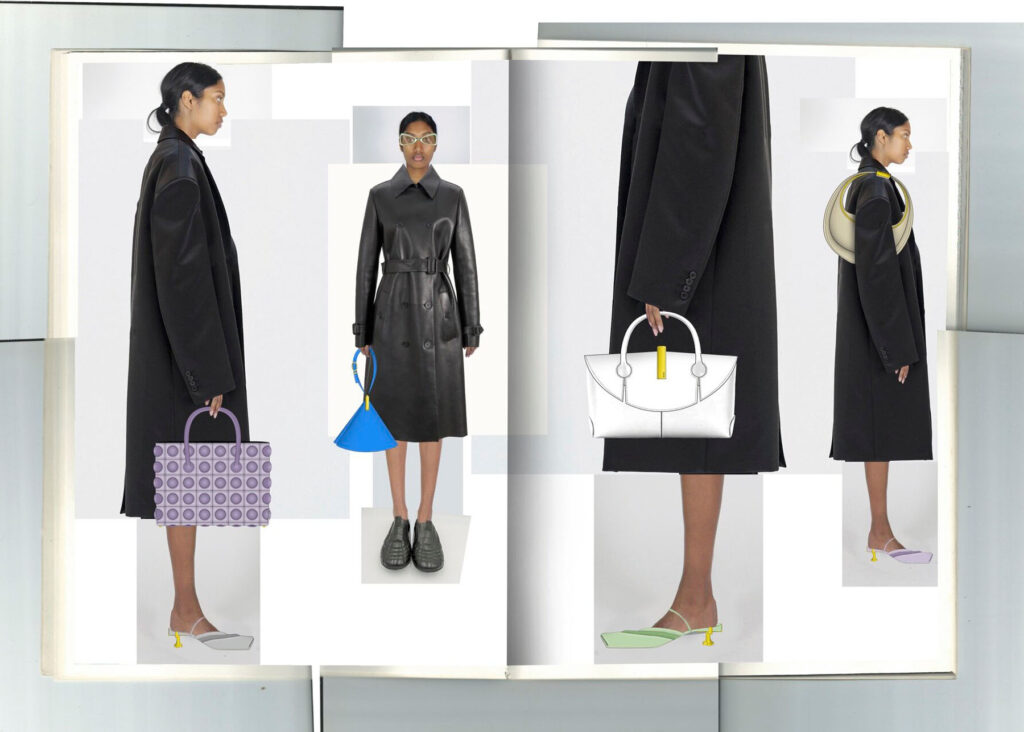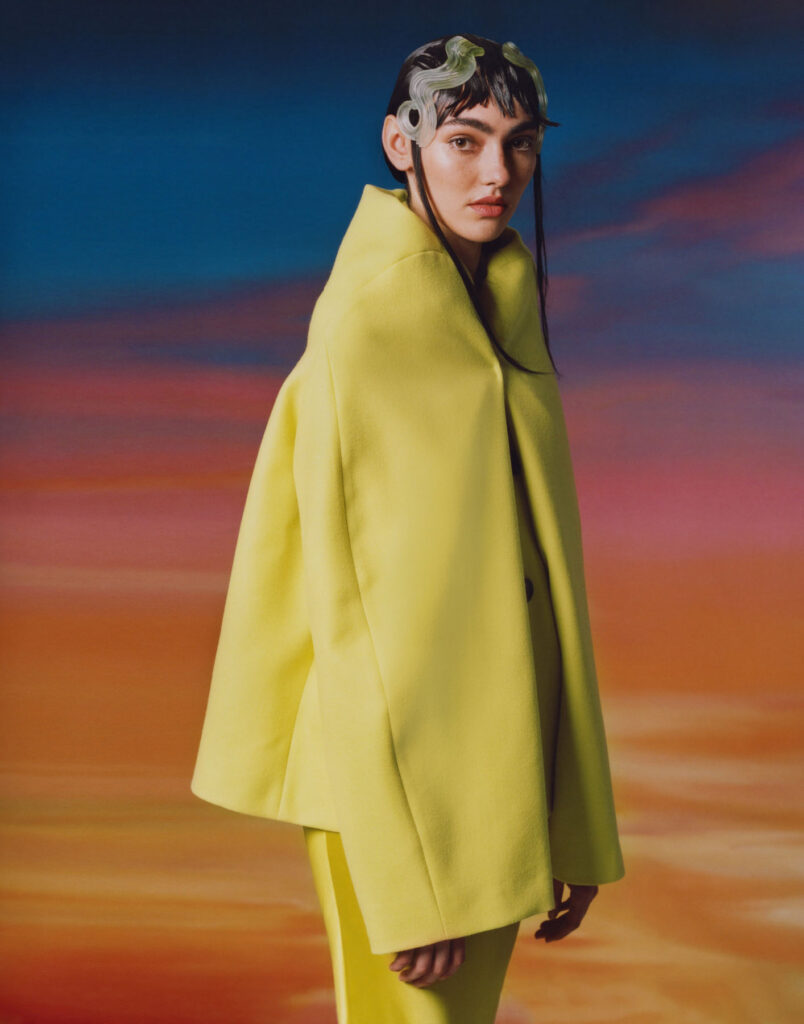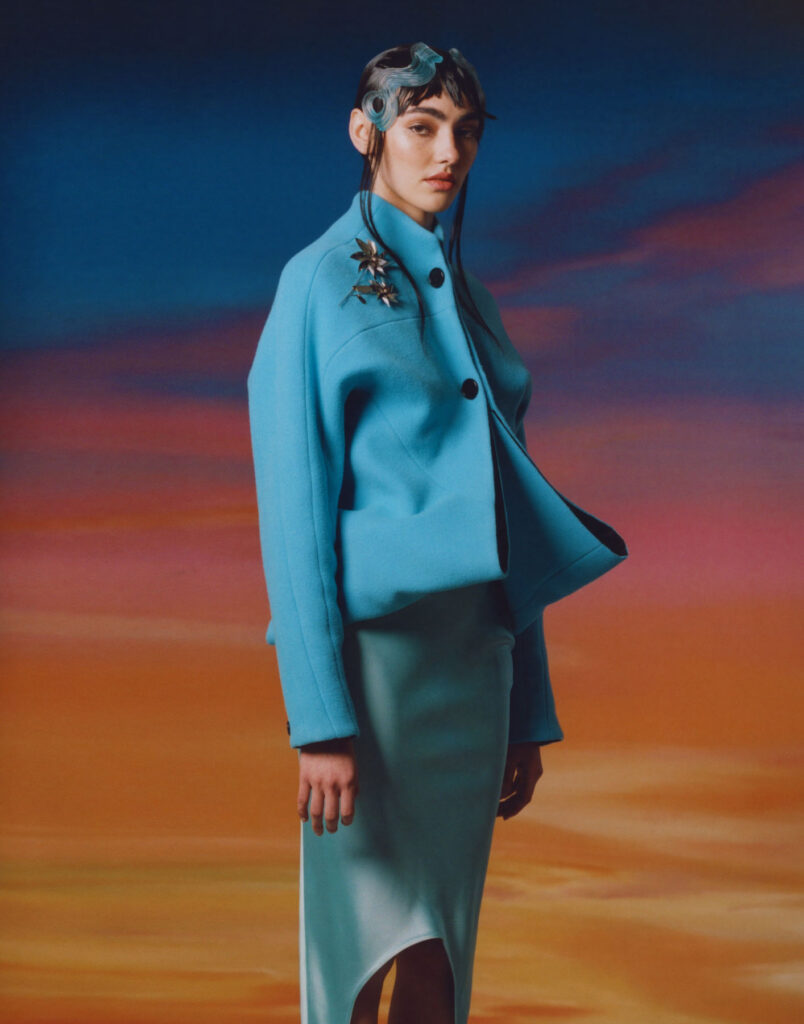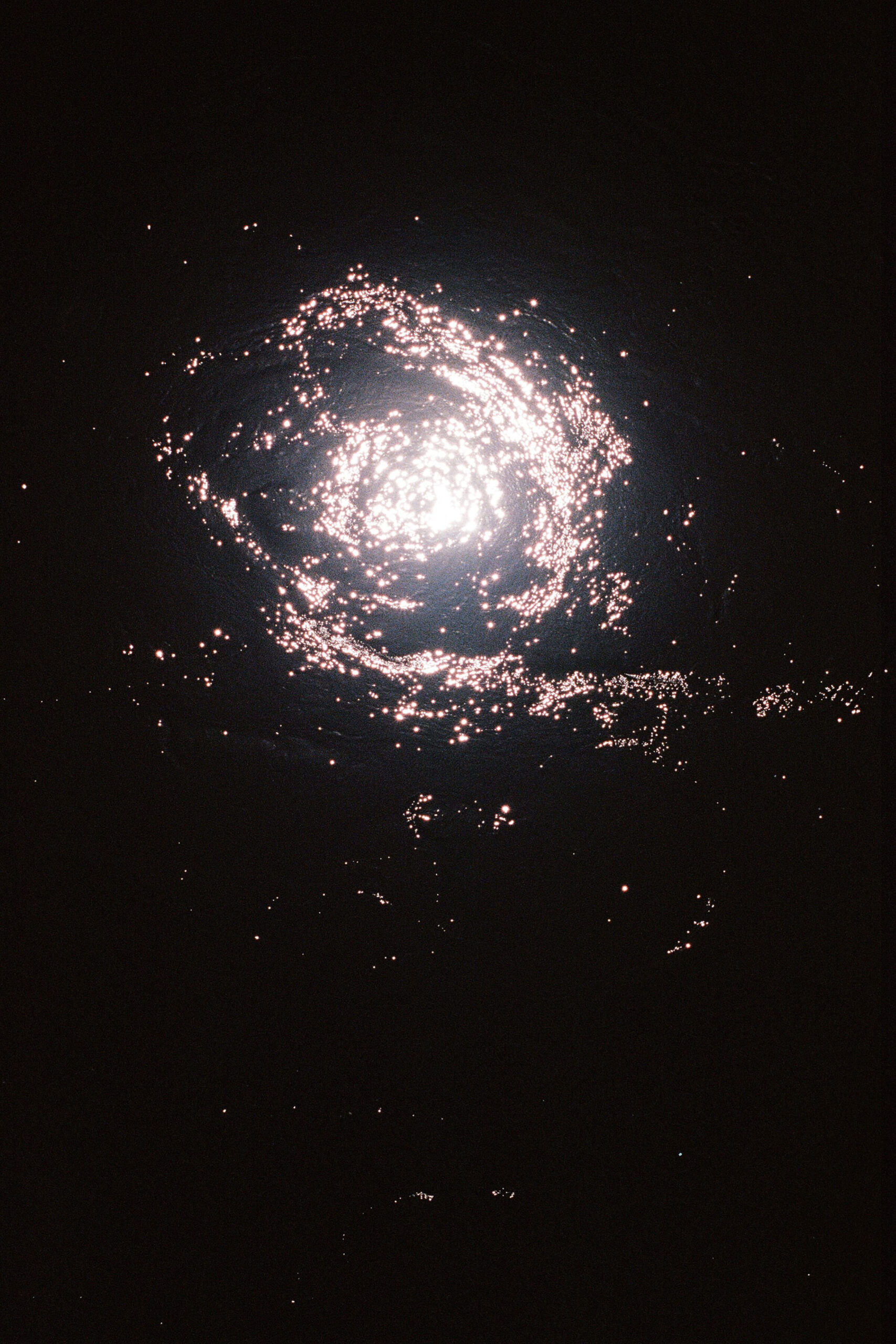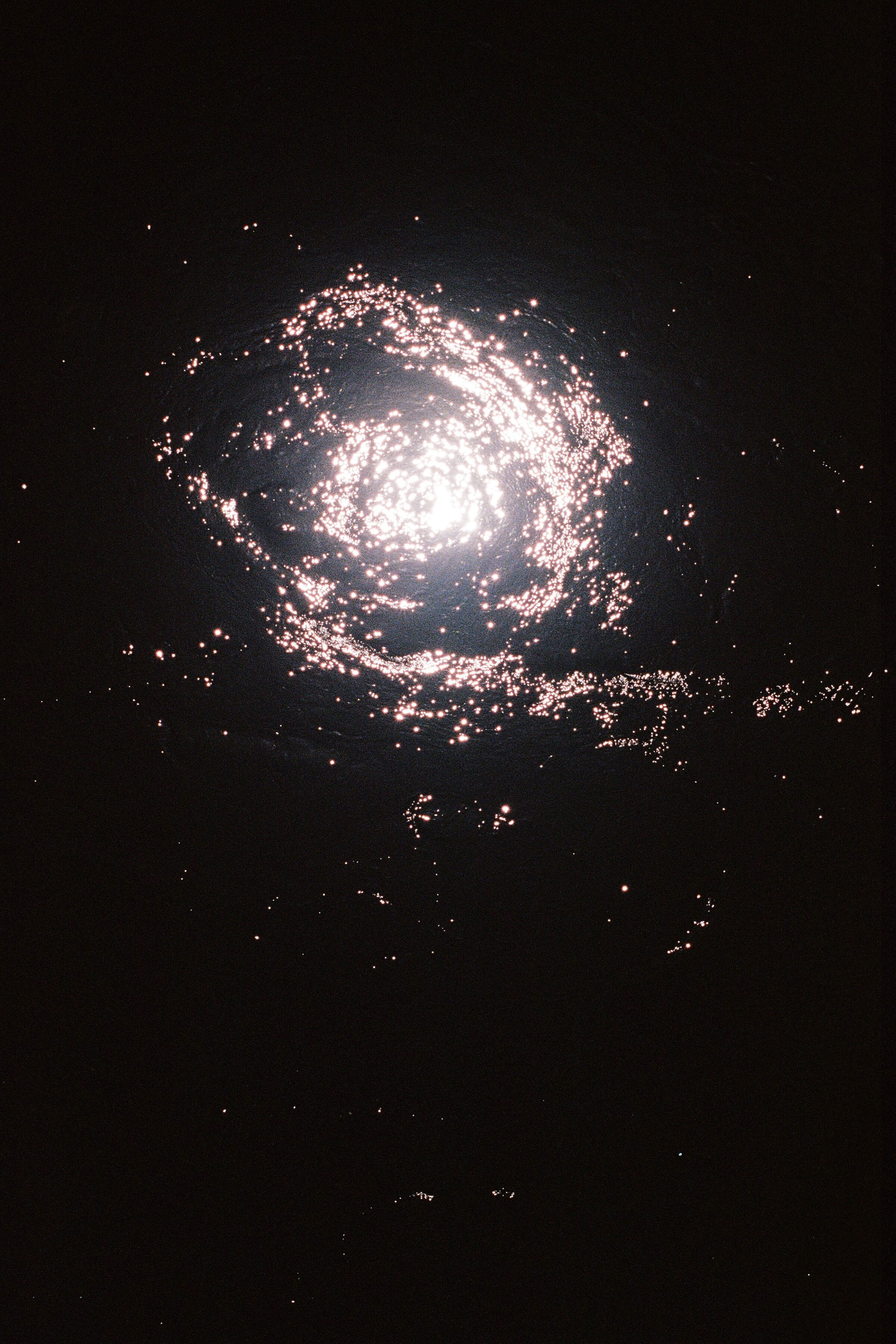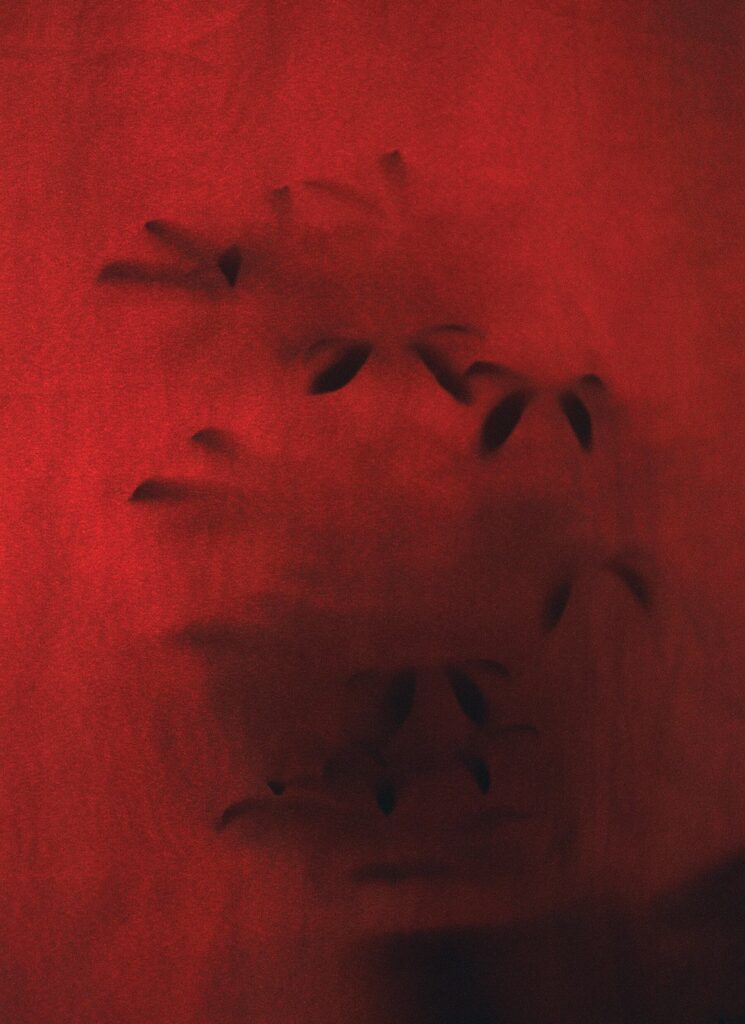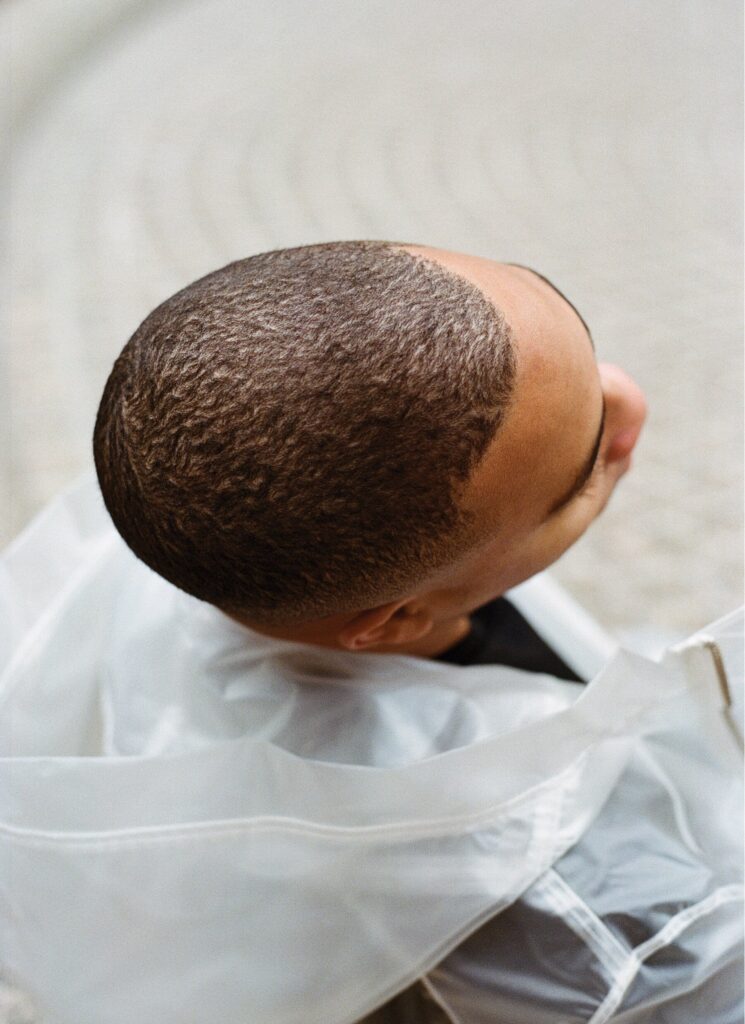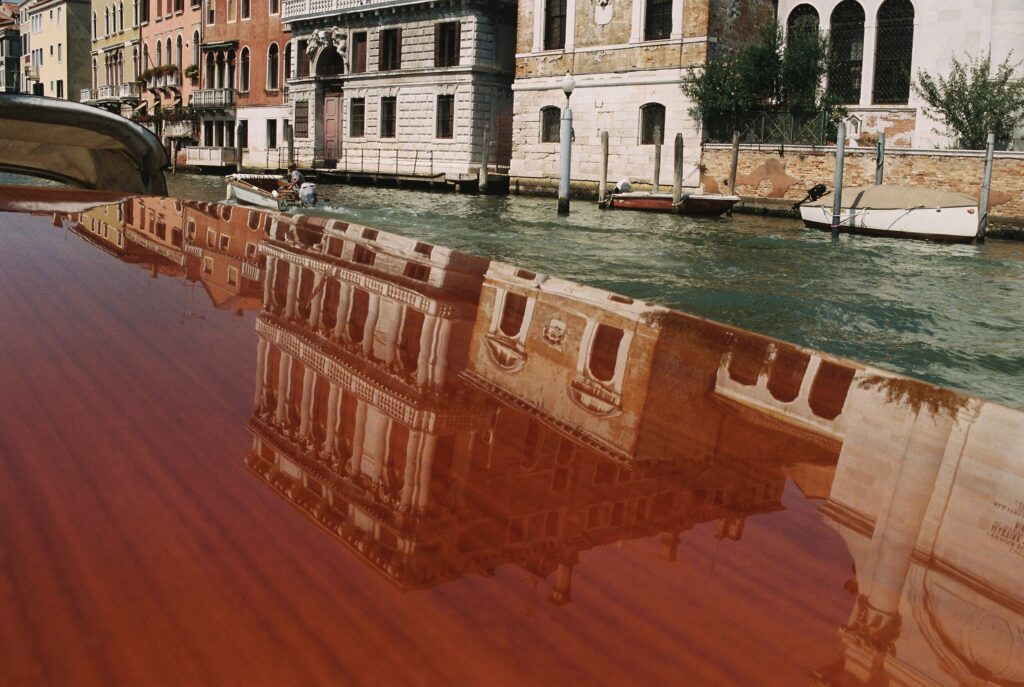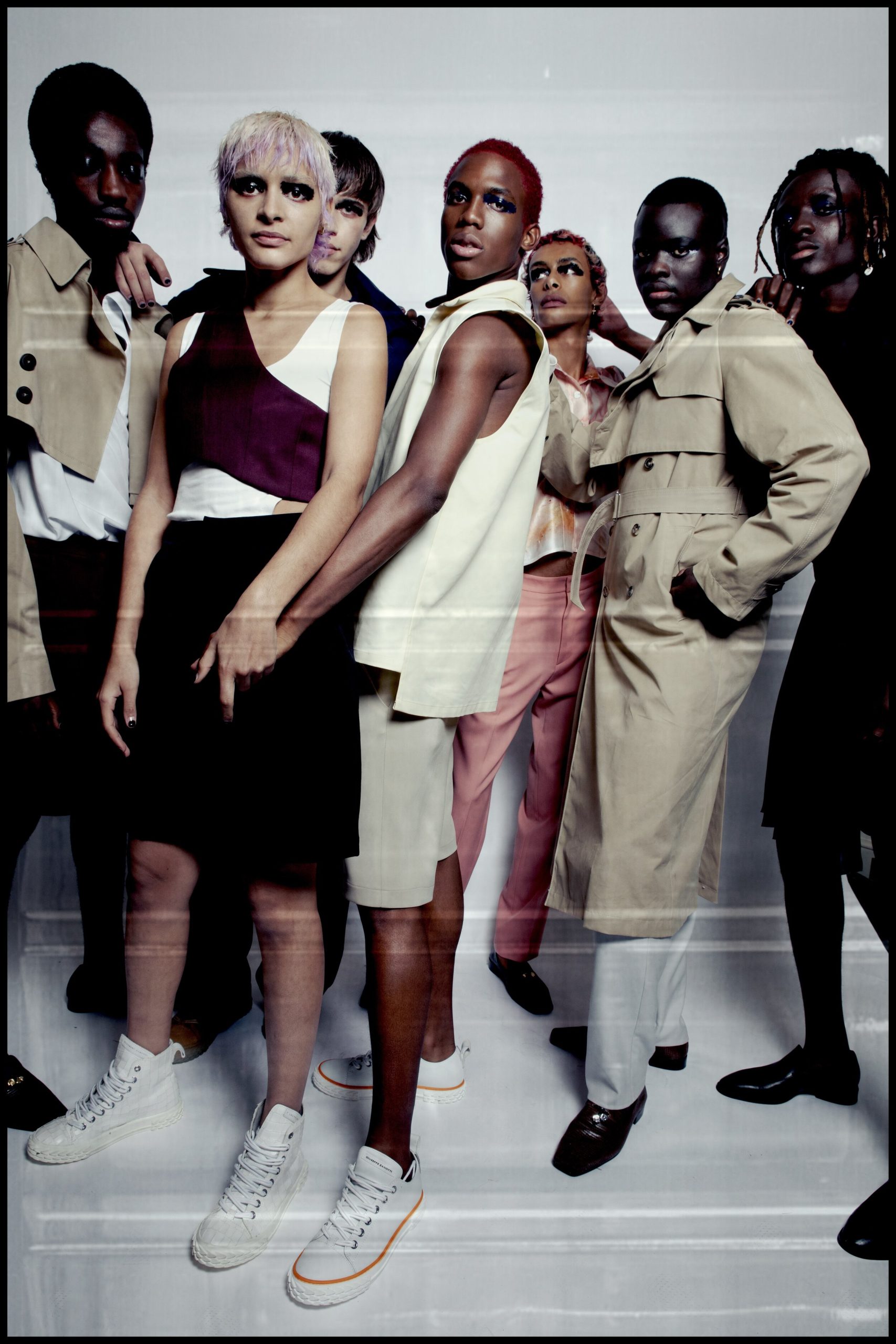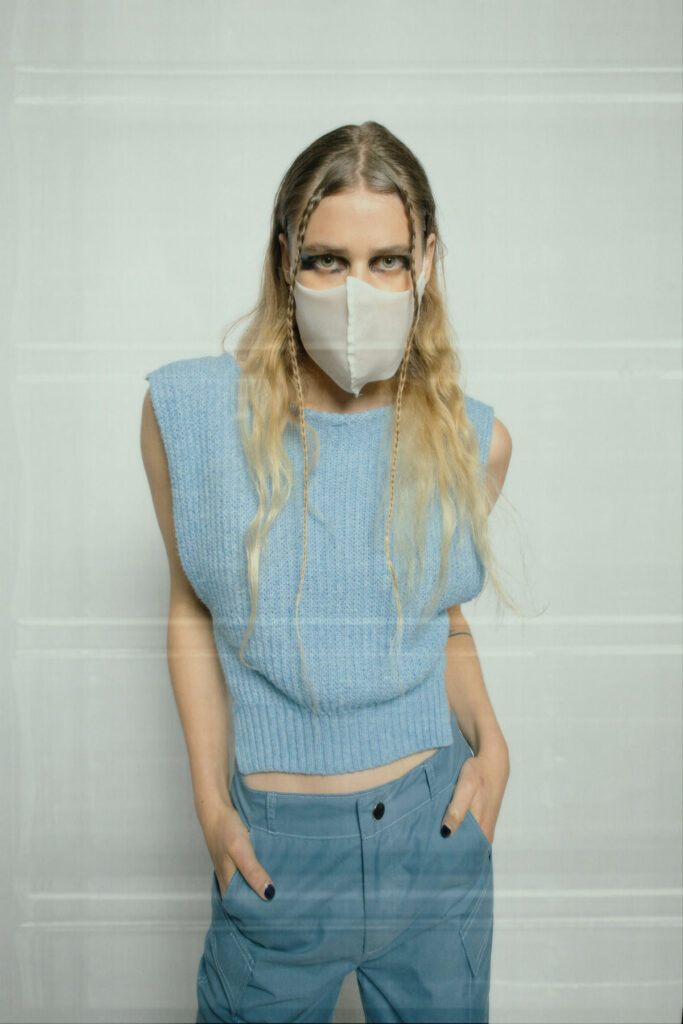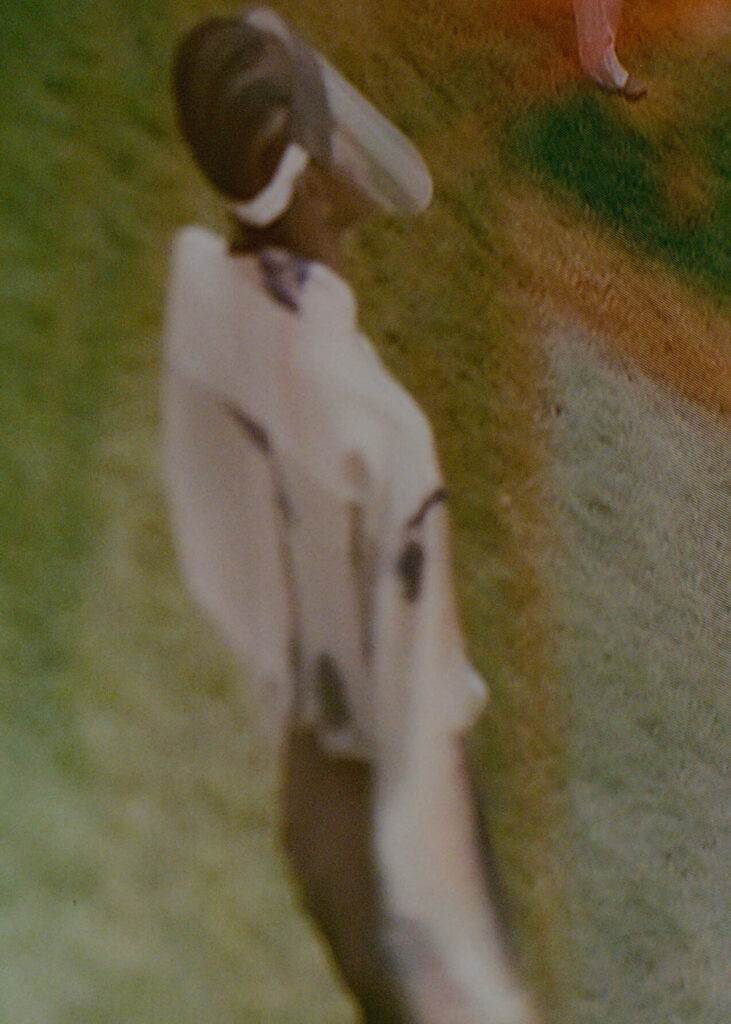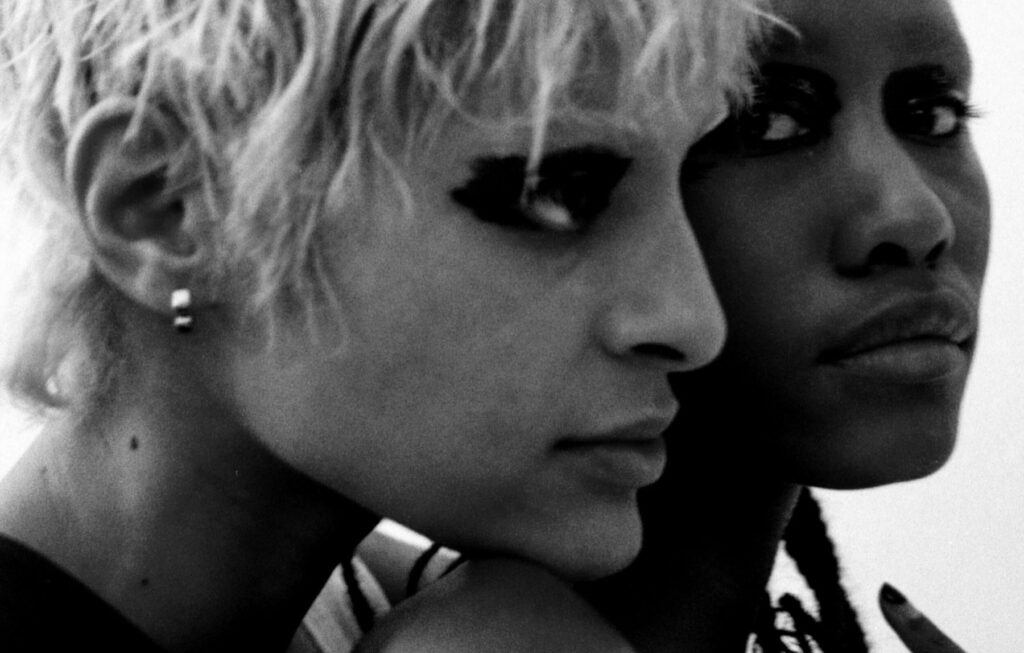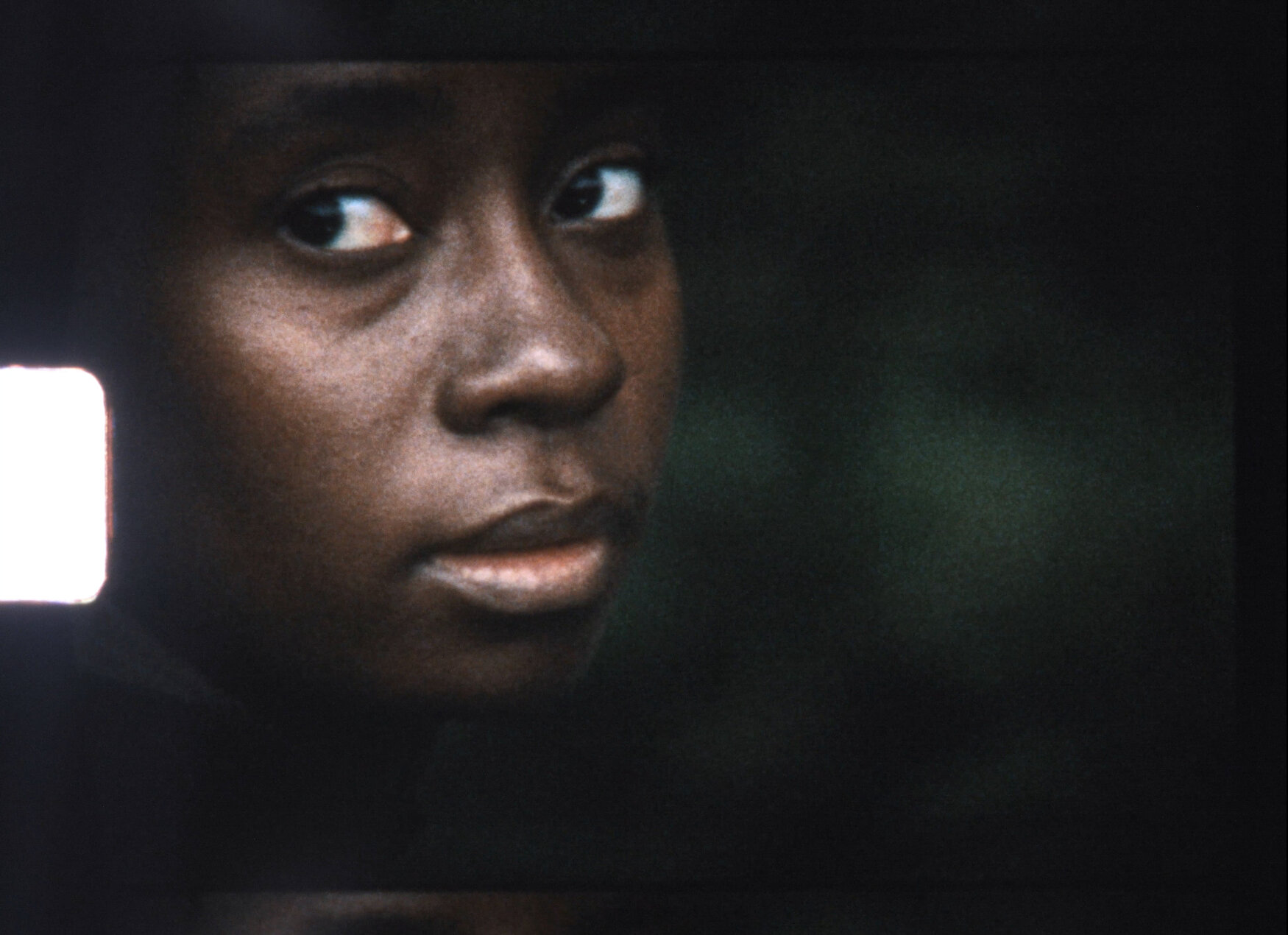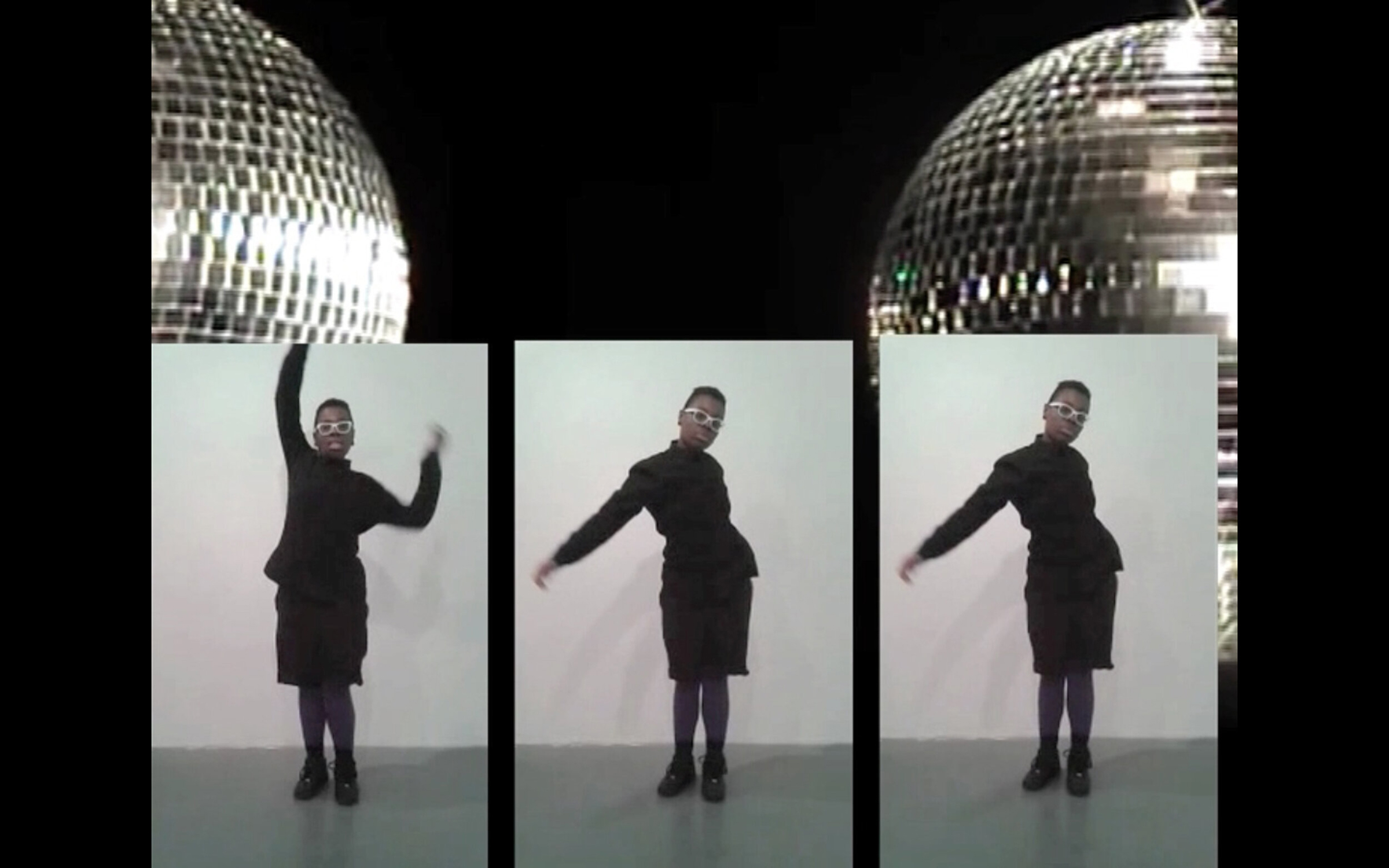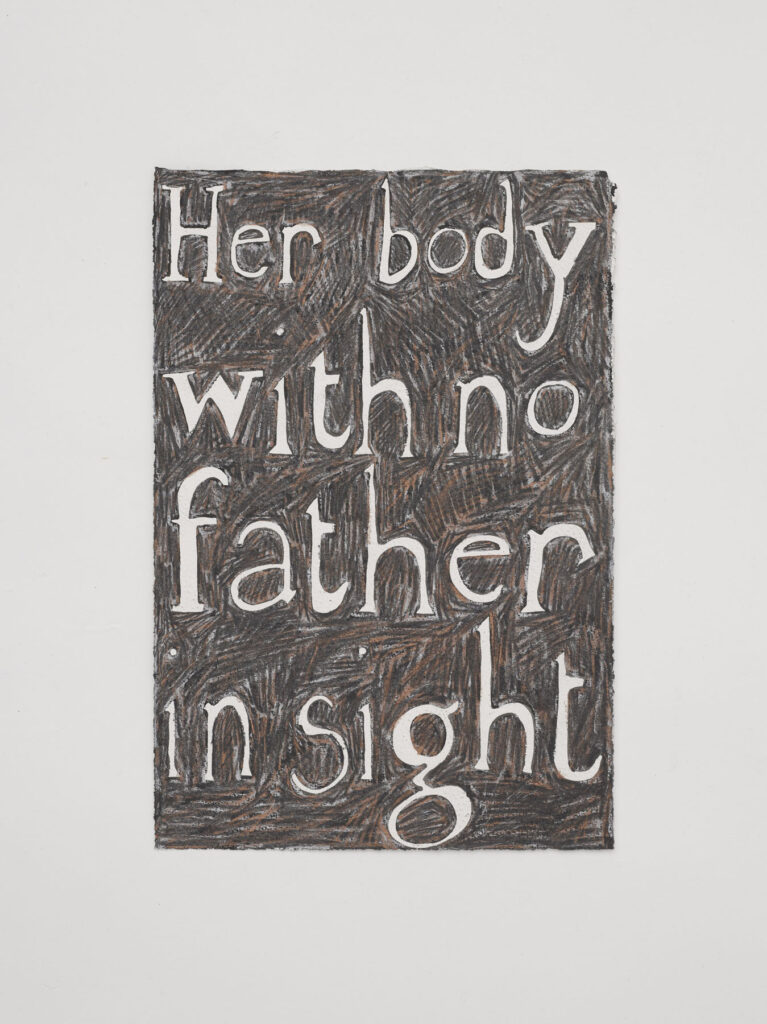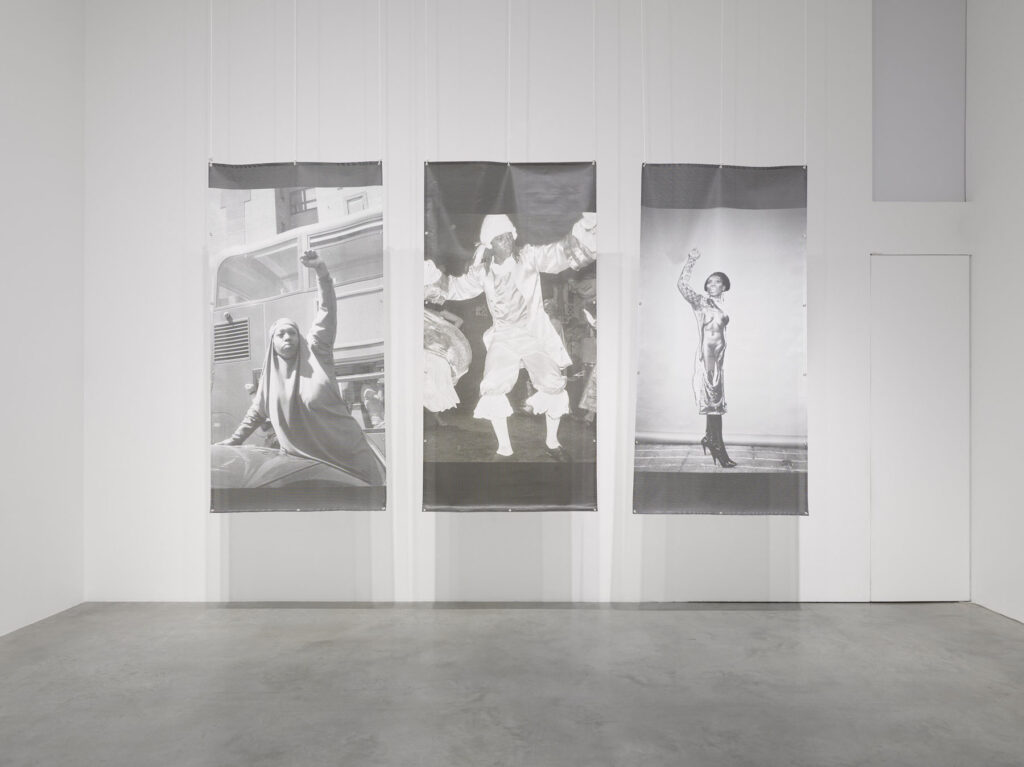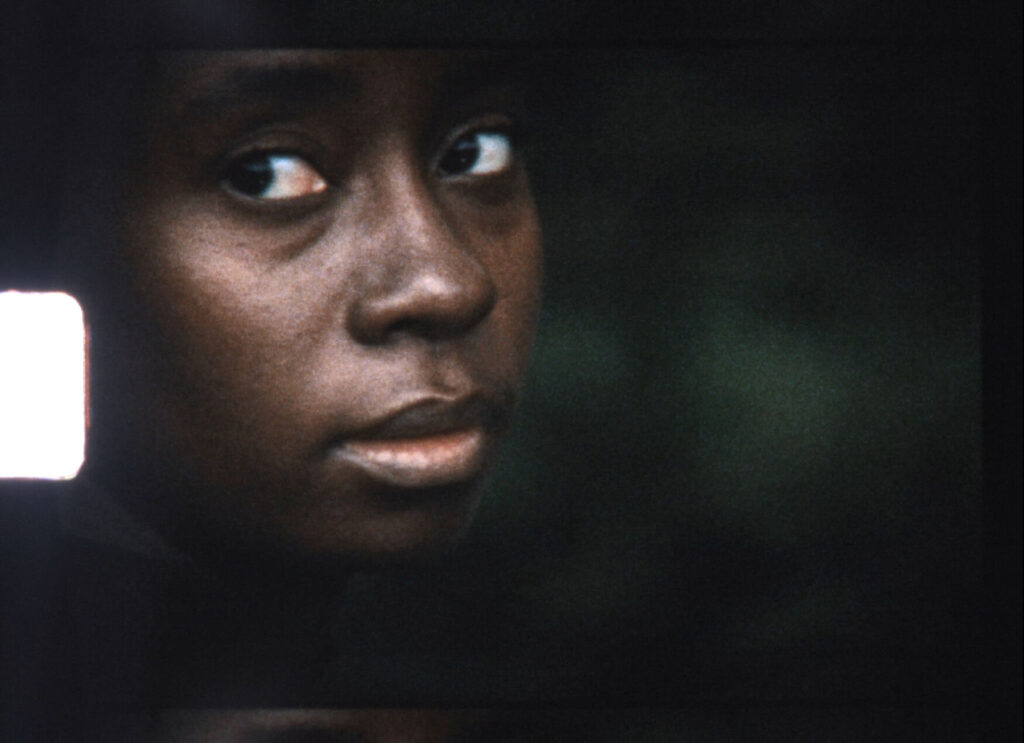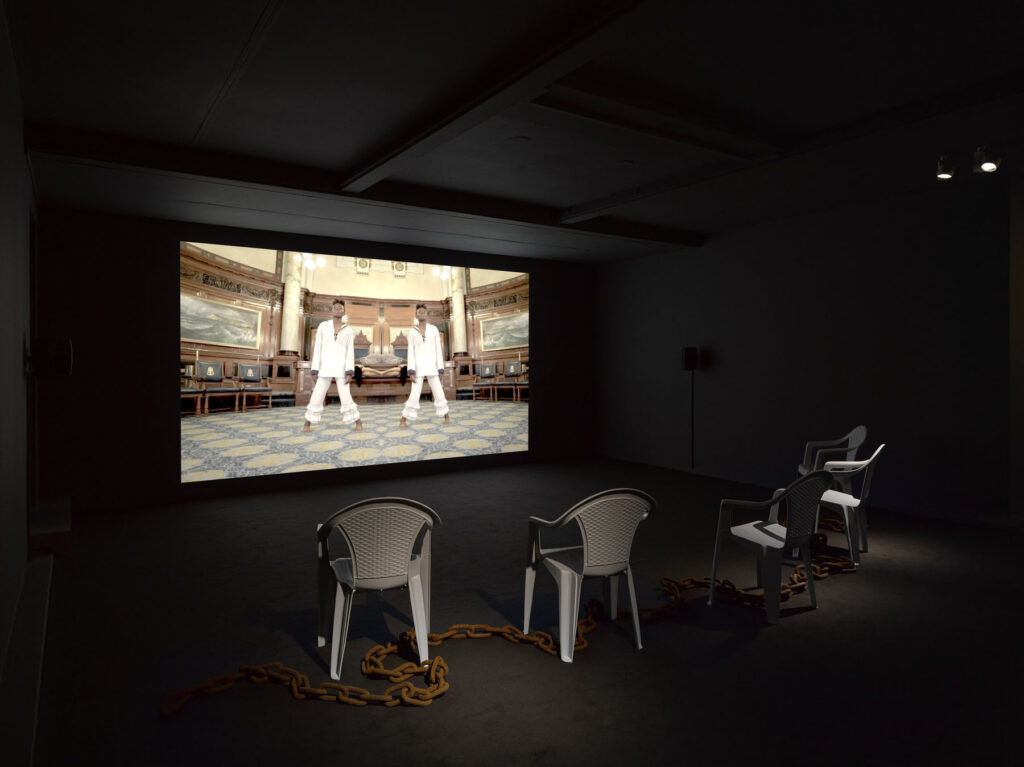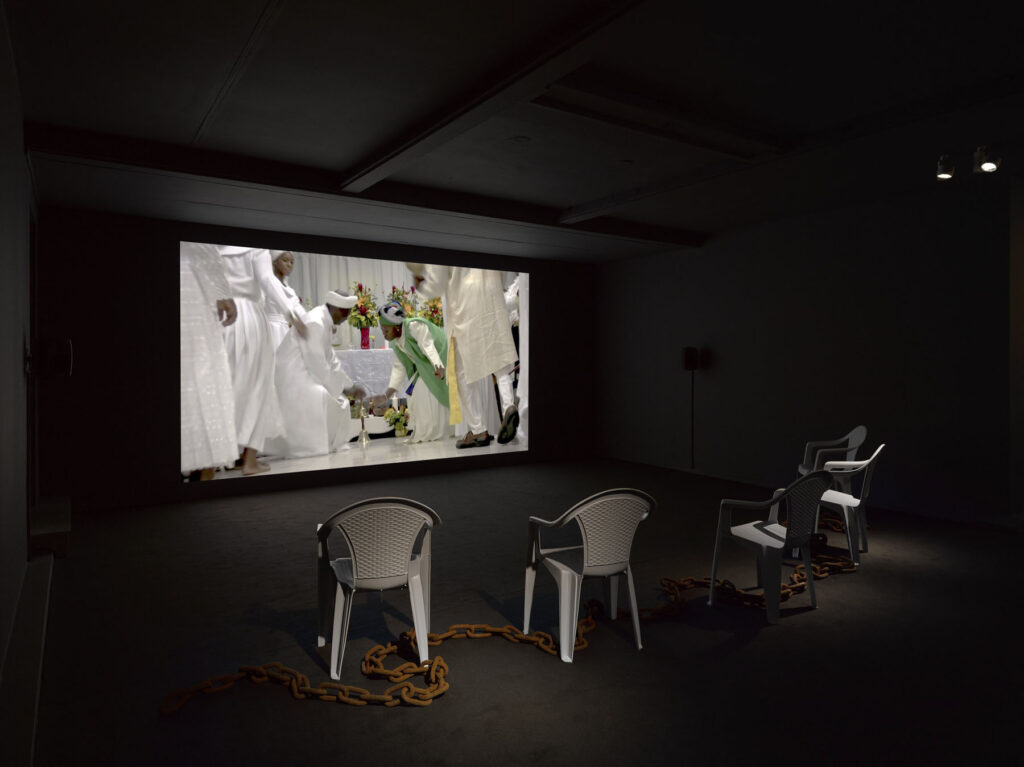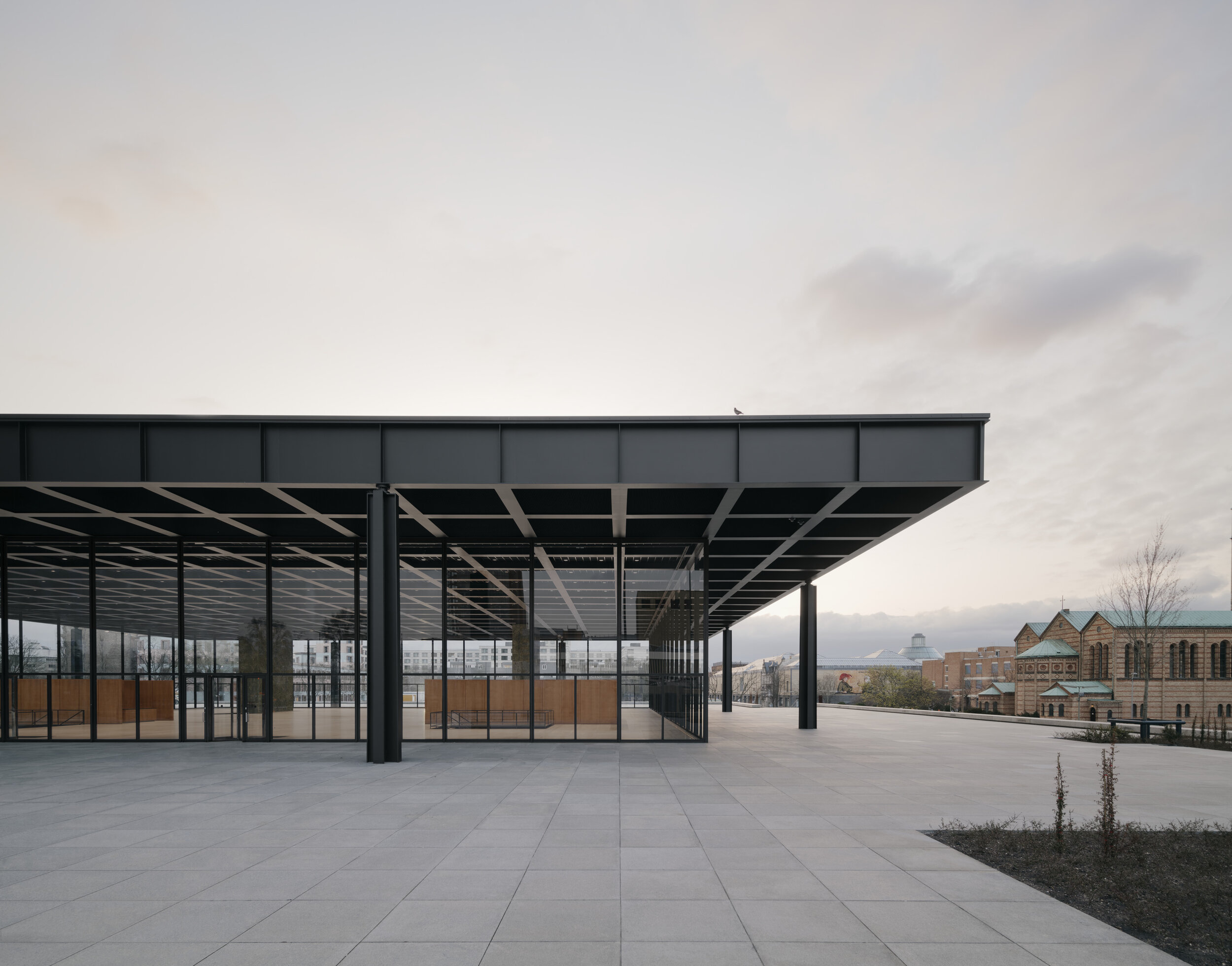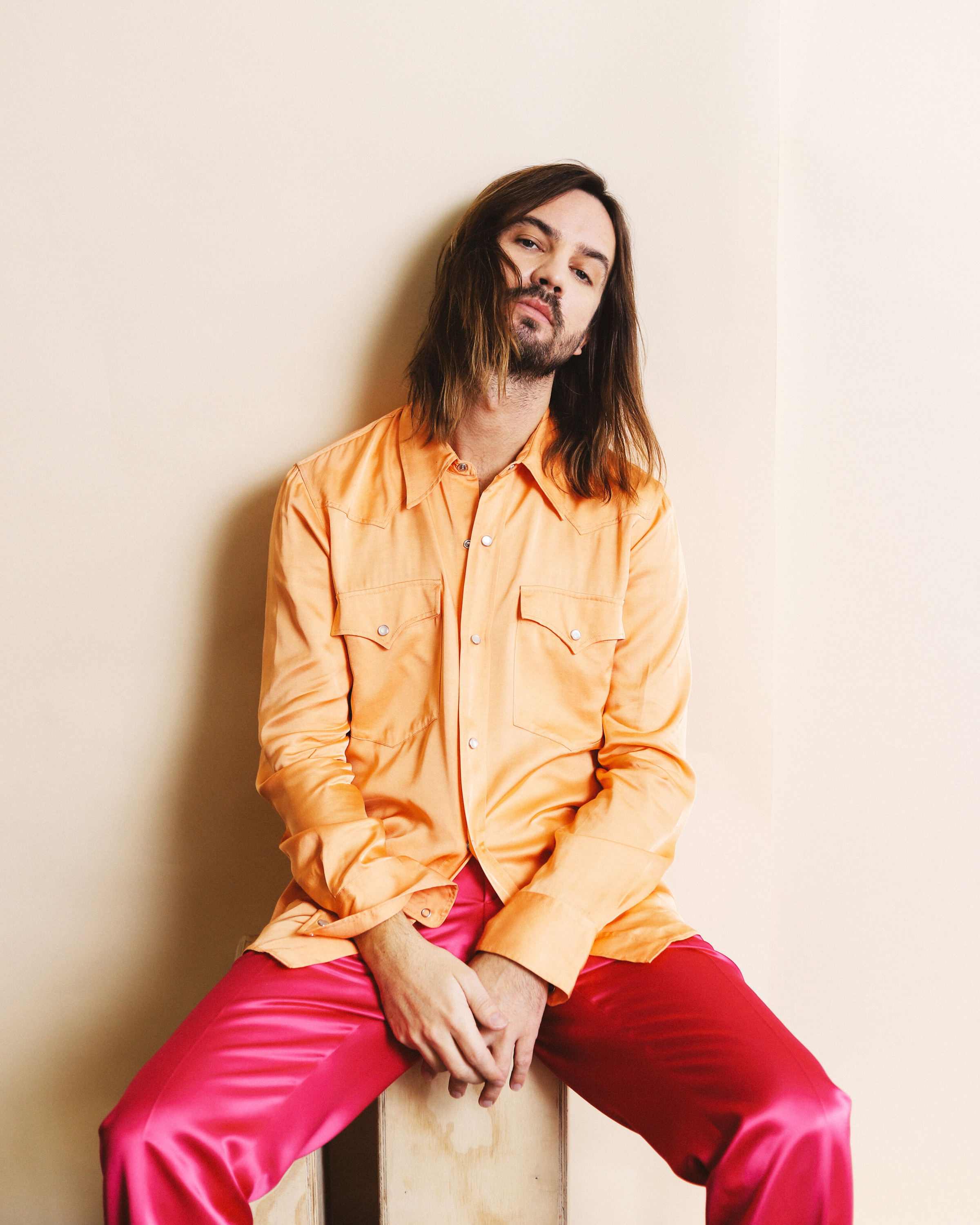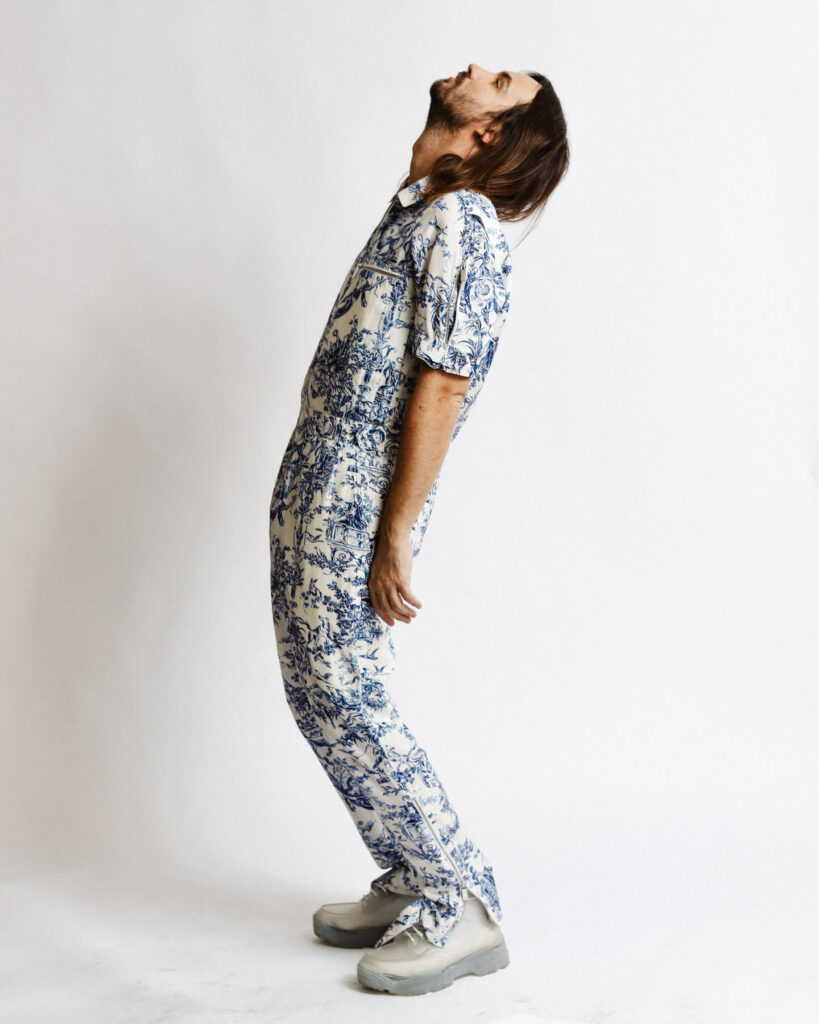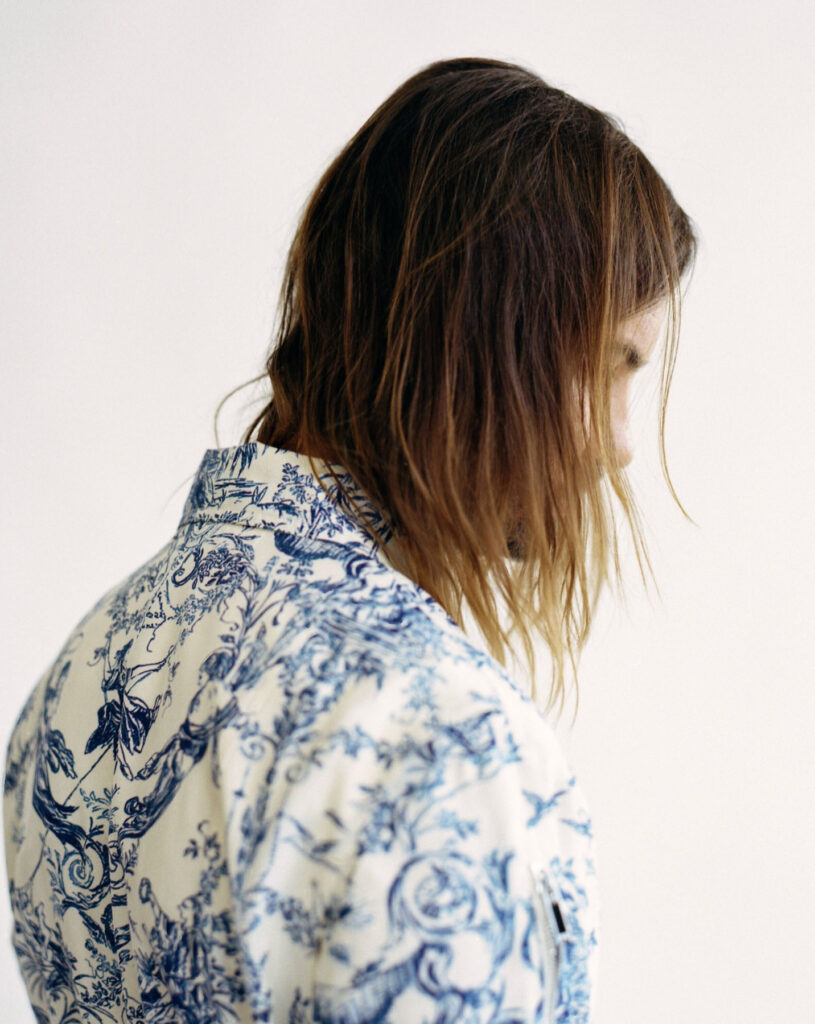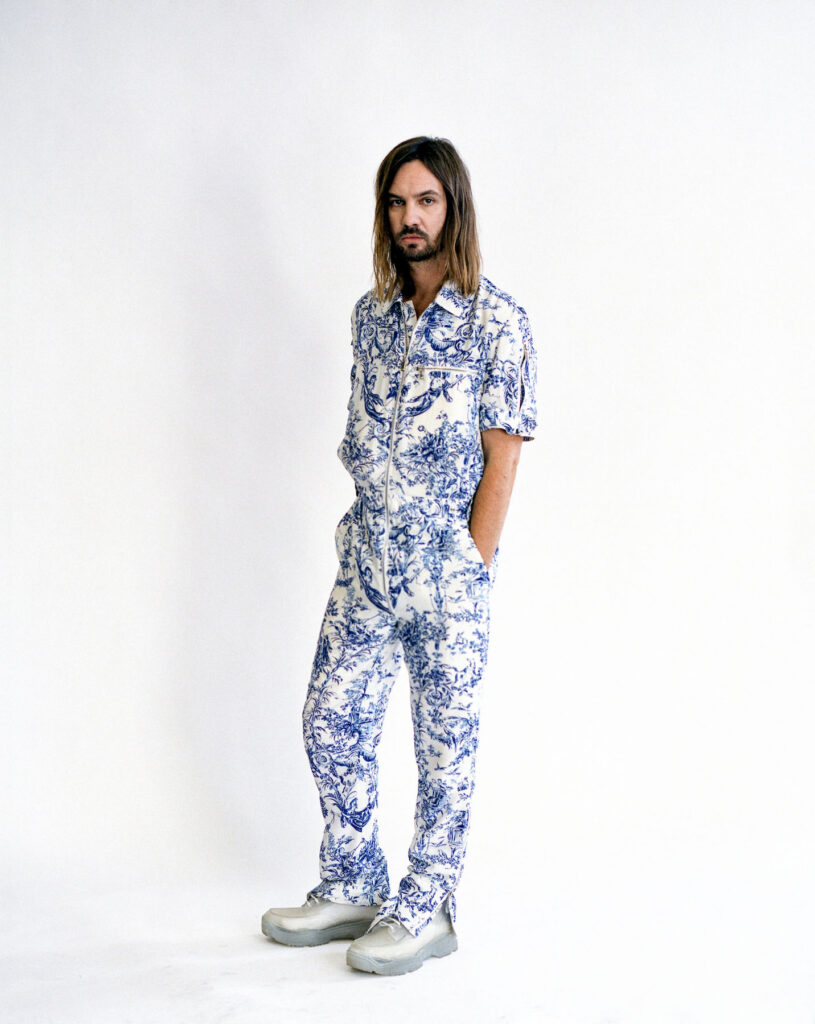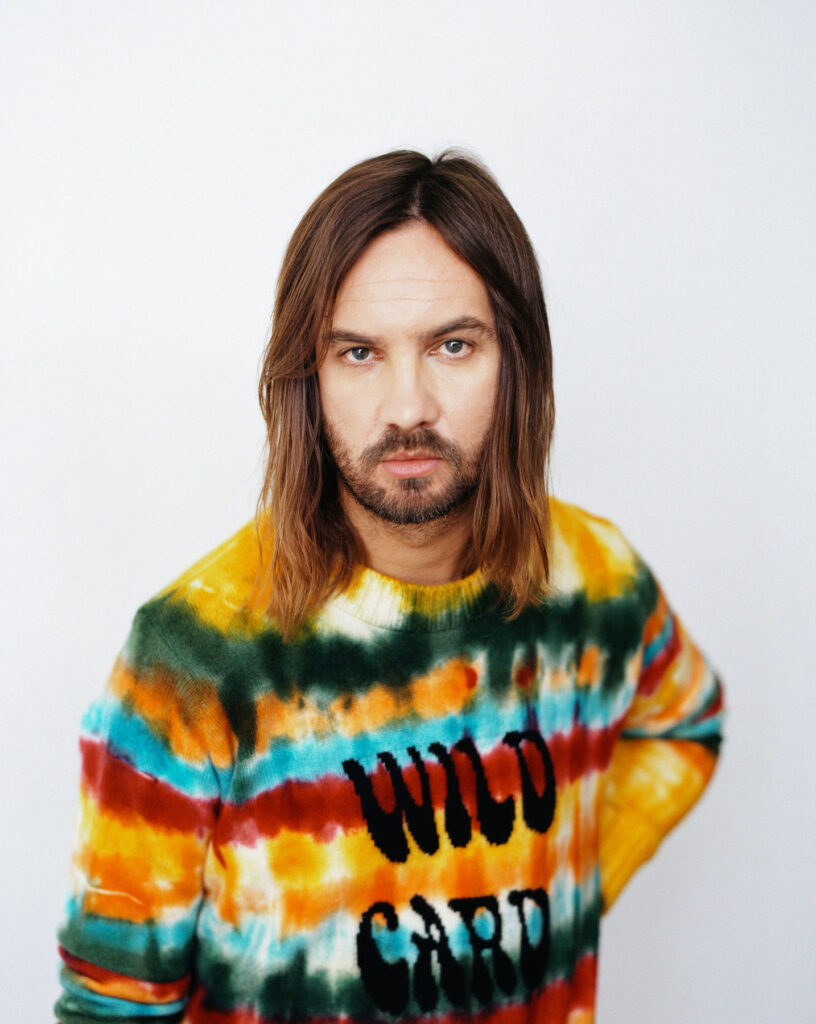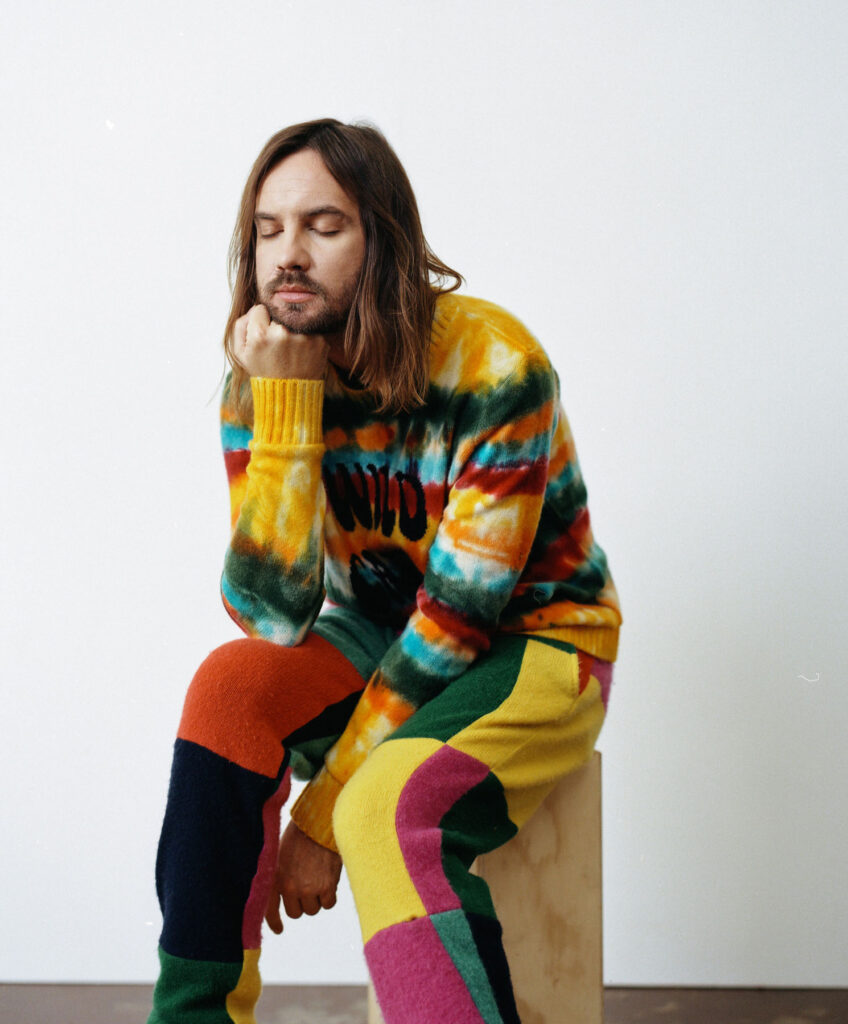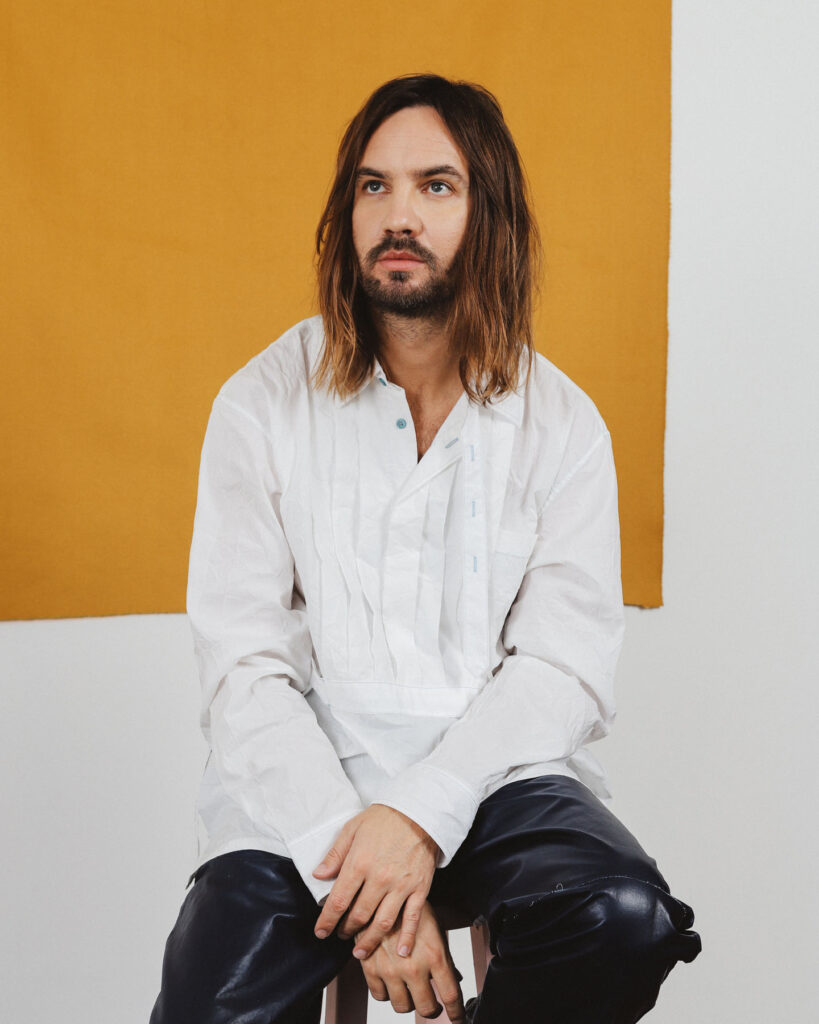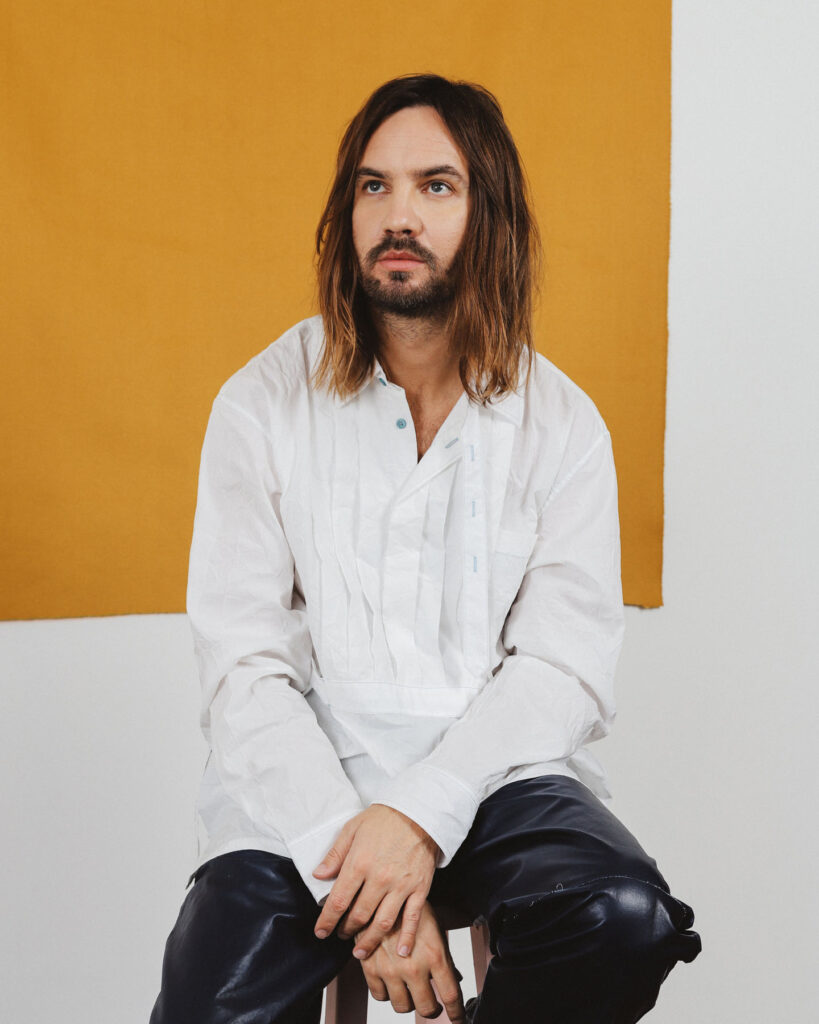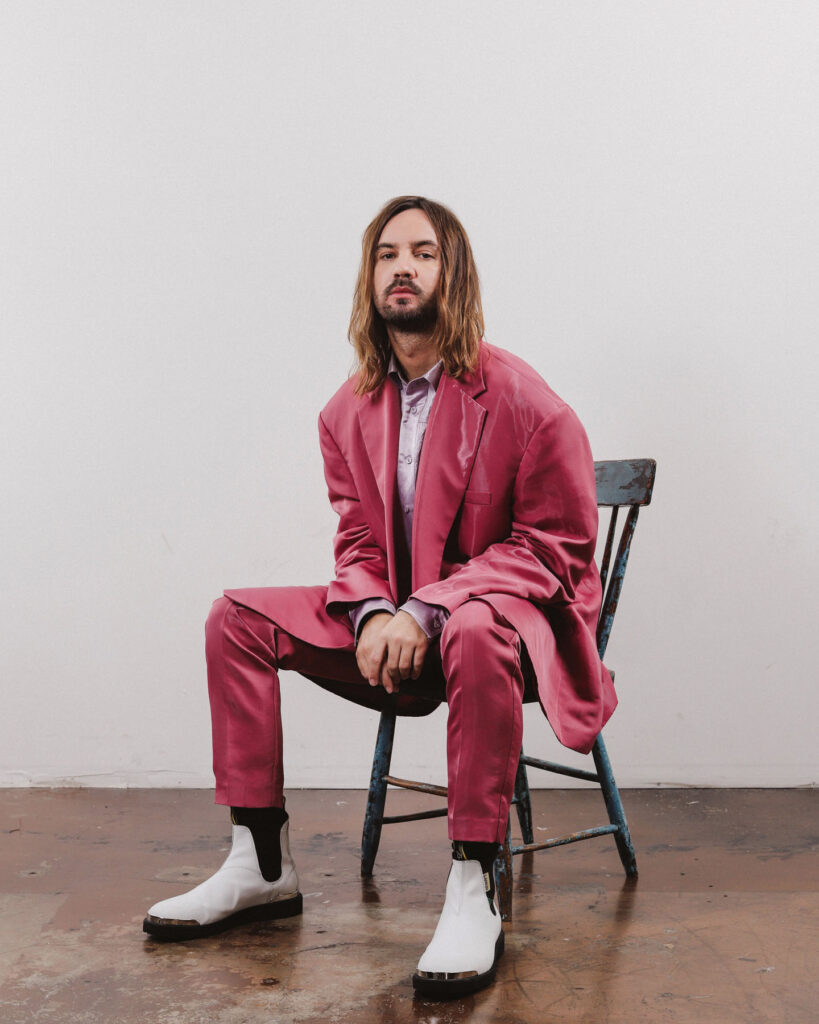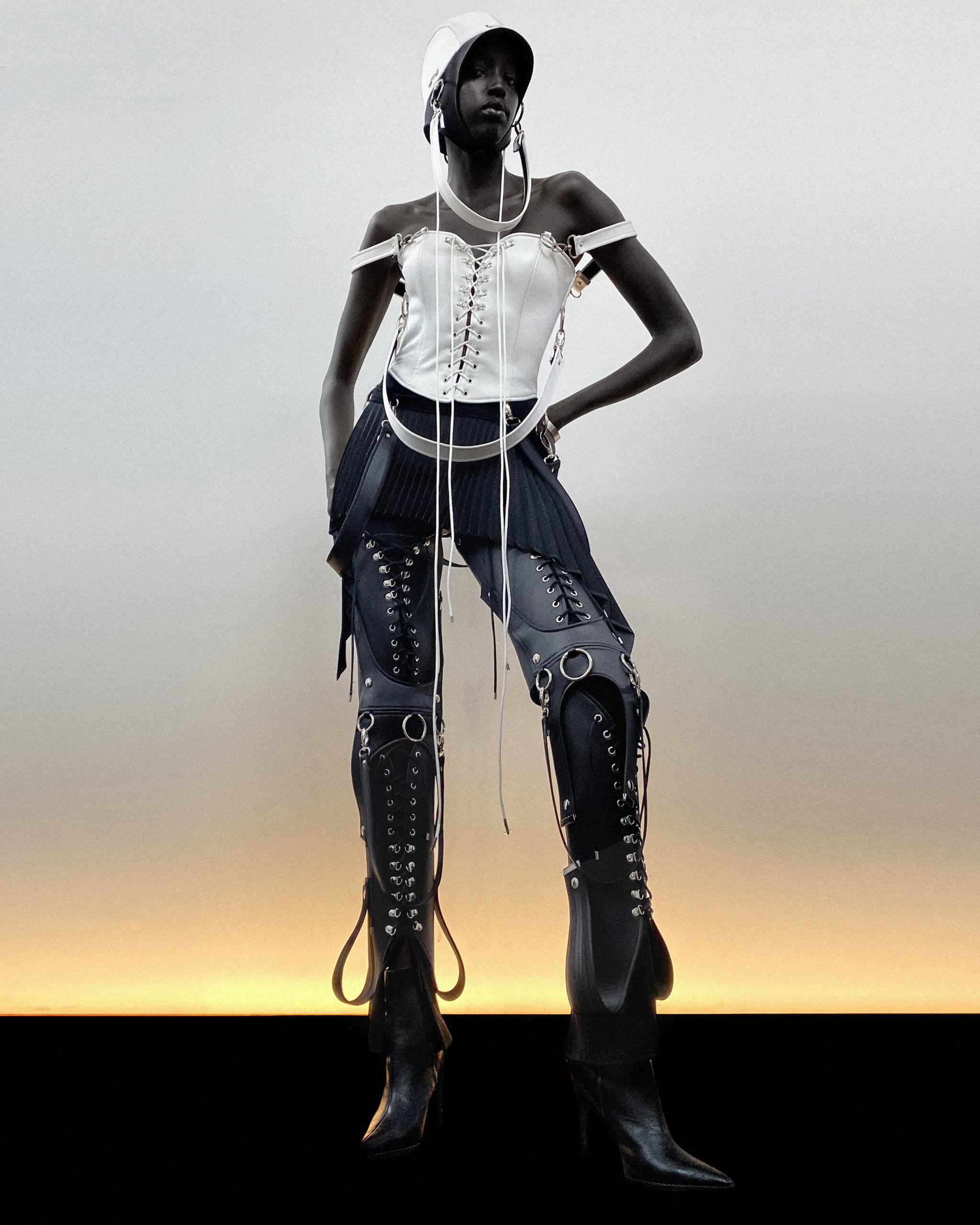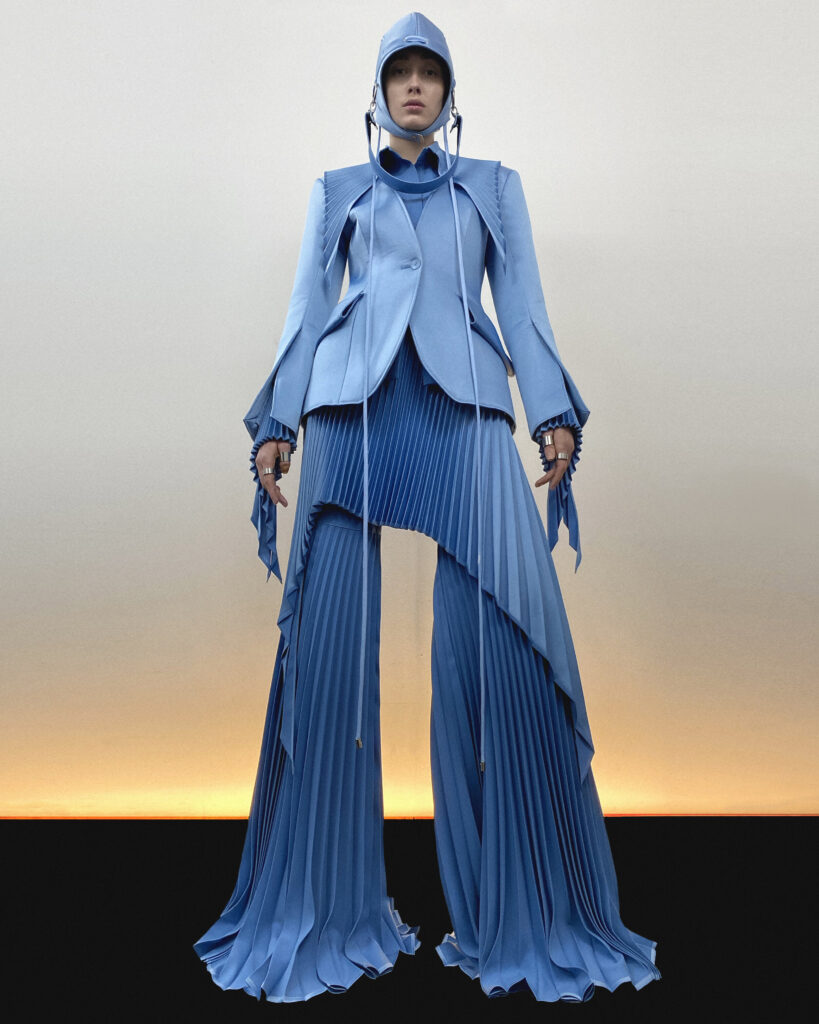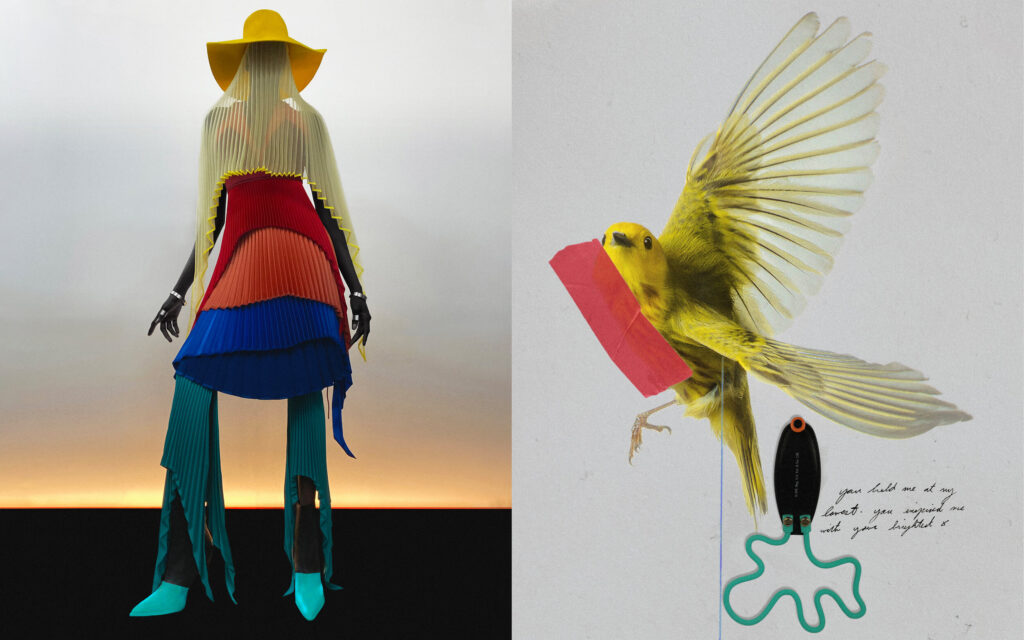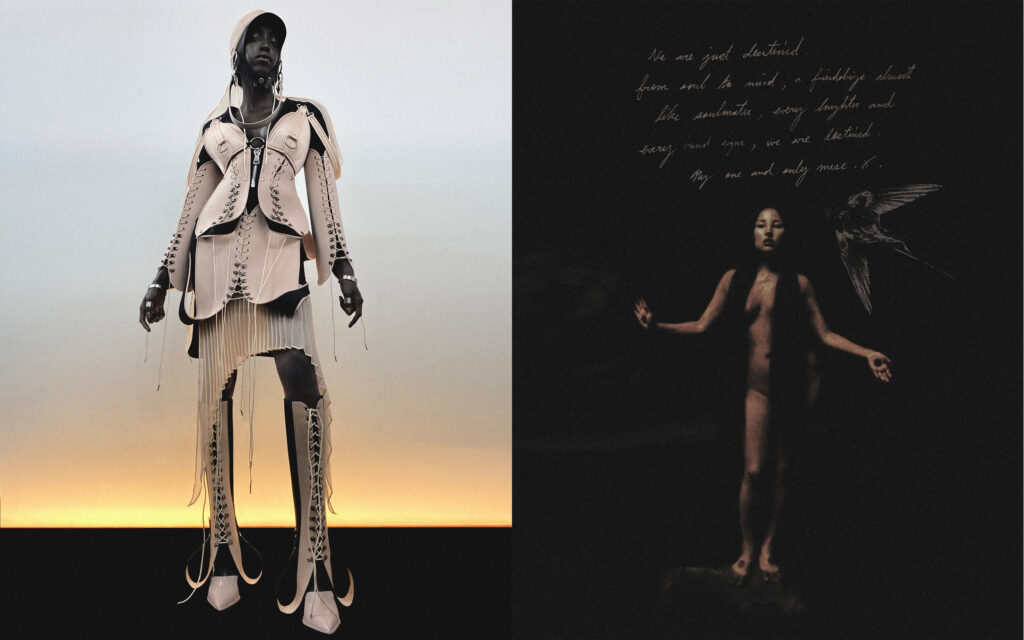I listened to Innerspeaker again a couple of weeks ago and it transported me back almost ten years back which was, like you say, an emotional time warp. Does the way you listen to your music change with the passage of time, or is the sentiment the same?
Definitely not, no! It’s funny you know, you’re saying about Innerspeaker – it’s the same for me. I hardly ever listen to the album the whole way through, but if I really pay attention to parts of it, it’s crazy because it so clearly reminds me of where I was and what I was feeling. Like for you, it’s kind of crazy; music is crazy how it can do that. I guess the other thing is, listening to Innerspeaker now, it feels like it was someone else. I just hear this naïve kid, not really knowing what he was doing, which is nice because I don’t judge it anymore. I don’t judge it in the way that I do with The Slow Rush. Innerspeaker was so long ago that any of the mistakes, any of the things that are wrong with it, just sound charming and cute, which feels weird to say…
I guess you’re so disconnected from it, with that amount of time passing?
Yeah totally. That’s also good because it finally allows me to listen to it like someone else, not as me – the person who made it. That’s kind of the dream, to be able to listen to your own work. I don’t know how much money I would pay to be able to listen to the songs I’m working on at the time, you know? To be able to listen to the album, as an outsider… I’d give anything to be able to do that, but it’s something that only time can offer.
I’ve seen a few people mention that the cover for The Slow Rush was 3D-animated, but it’s a photograph from Kolmanskop, Namibia, right?
Yeah – I’m not going to lie, I was a little bit disappointed when people asked how I synthesised the image. I was like, ‘Man, I flew half way across the world to take that picture!’
I can see why people don’t believe it’s real. How did you decide on using that as the album cover?
I was a little bit obsessed with abandoned places for a while, and the internet is full of pictures of these abandoned ghost towns; there’s just something so enthralling about them. I mean, probably not coincidentally, it’s like the experience of time passing smacking you in the face. I guess some people find it depressing to look at, but I just see such beauty in it. As soon as I saw that place, I knew that we had to go there. Kolmanskop is like a ghost town in the desert and it’s super windy, so sand just builds up in these amazing ways. What I love about it, is that it looks like liquid – and if you look at a picture, you can’t tell if it took the sand that’s up to the window a matter of minutes or decades to reach that point, you know? You can’t tell which it is and that’s kind of what I love about it.
